Mood Board:

Vein-like qualities: smooth, tortuous, organic, fluid, connective networks
Sample- techniques:
- Batik
- Dyeing
- Fabric of Thread
- Dry Transfer Printing
- Bleaching
- Smocking
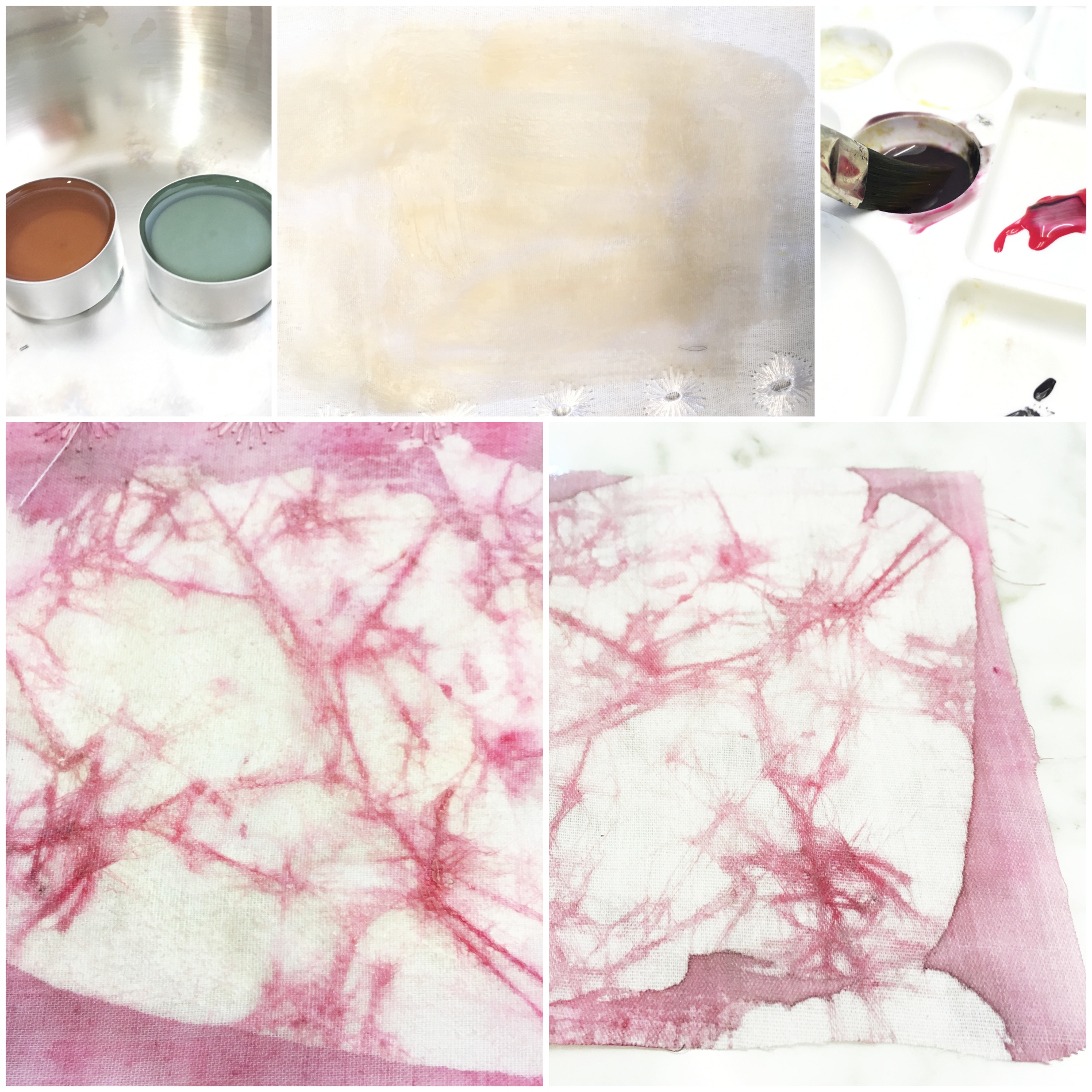
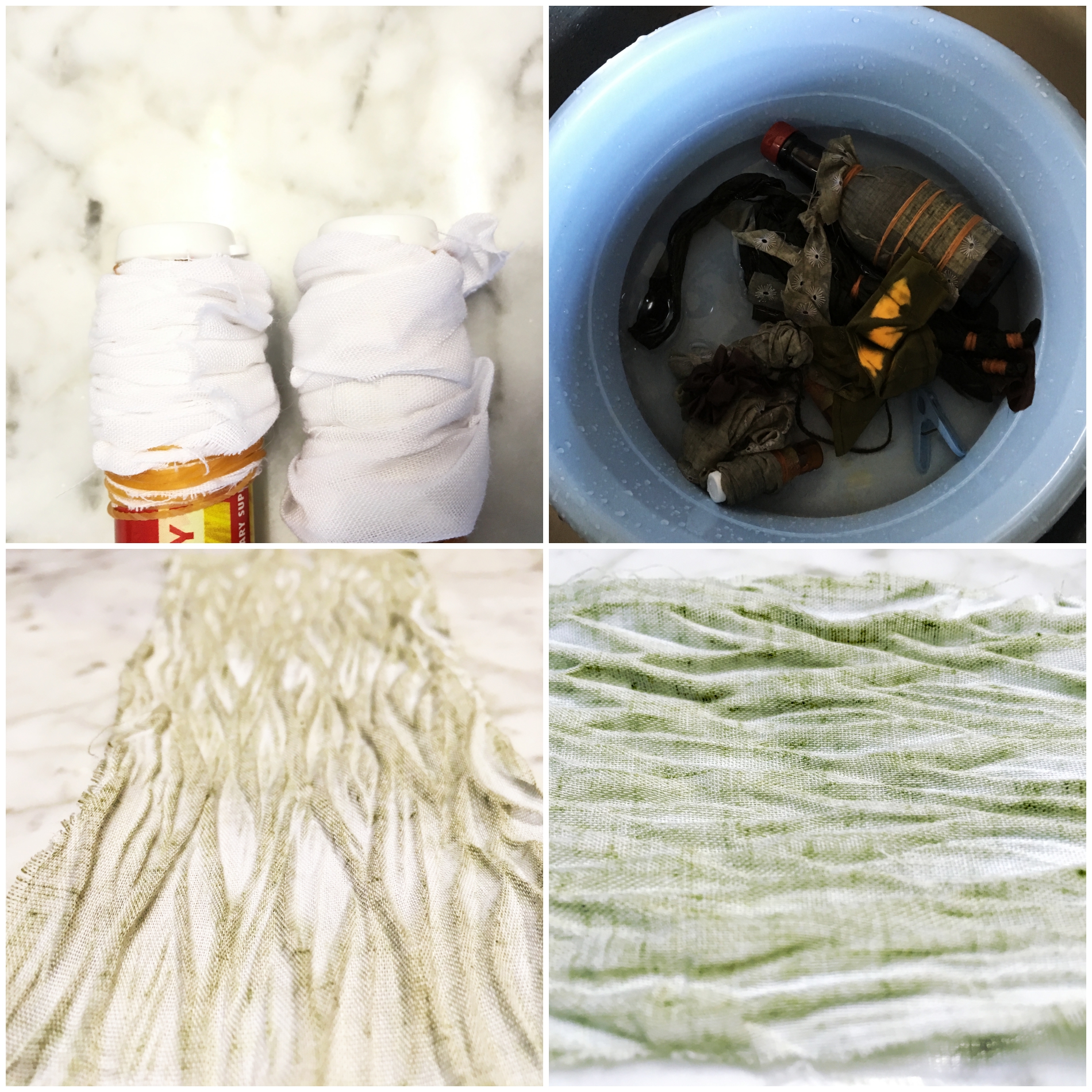
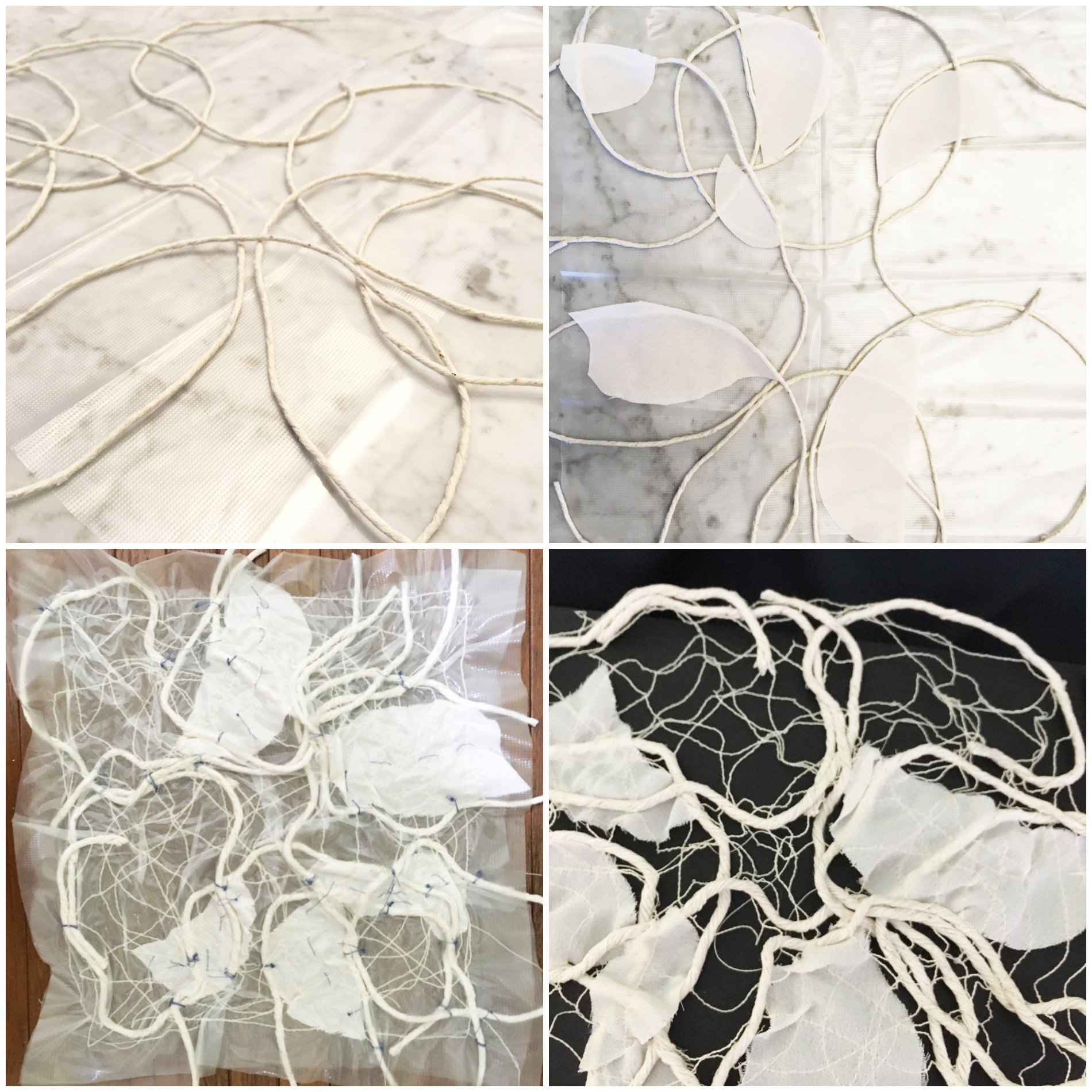
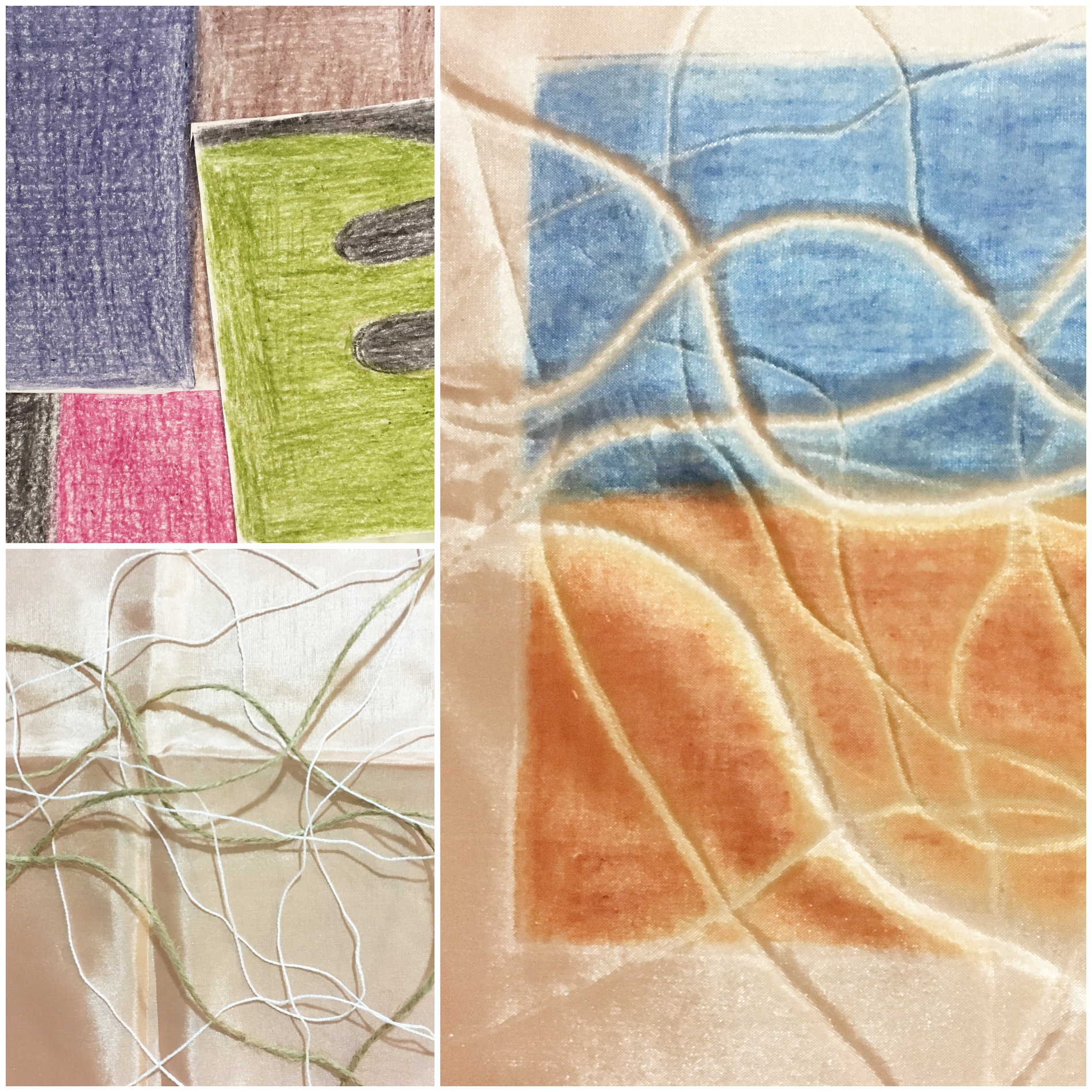

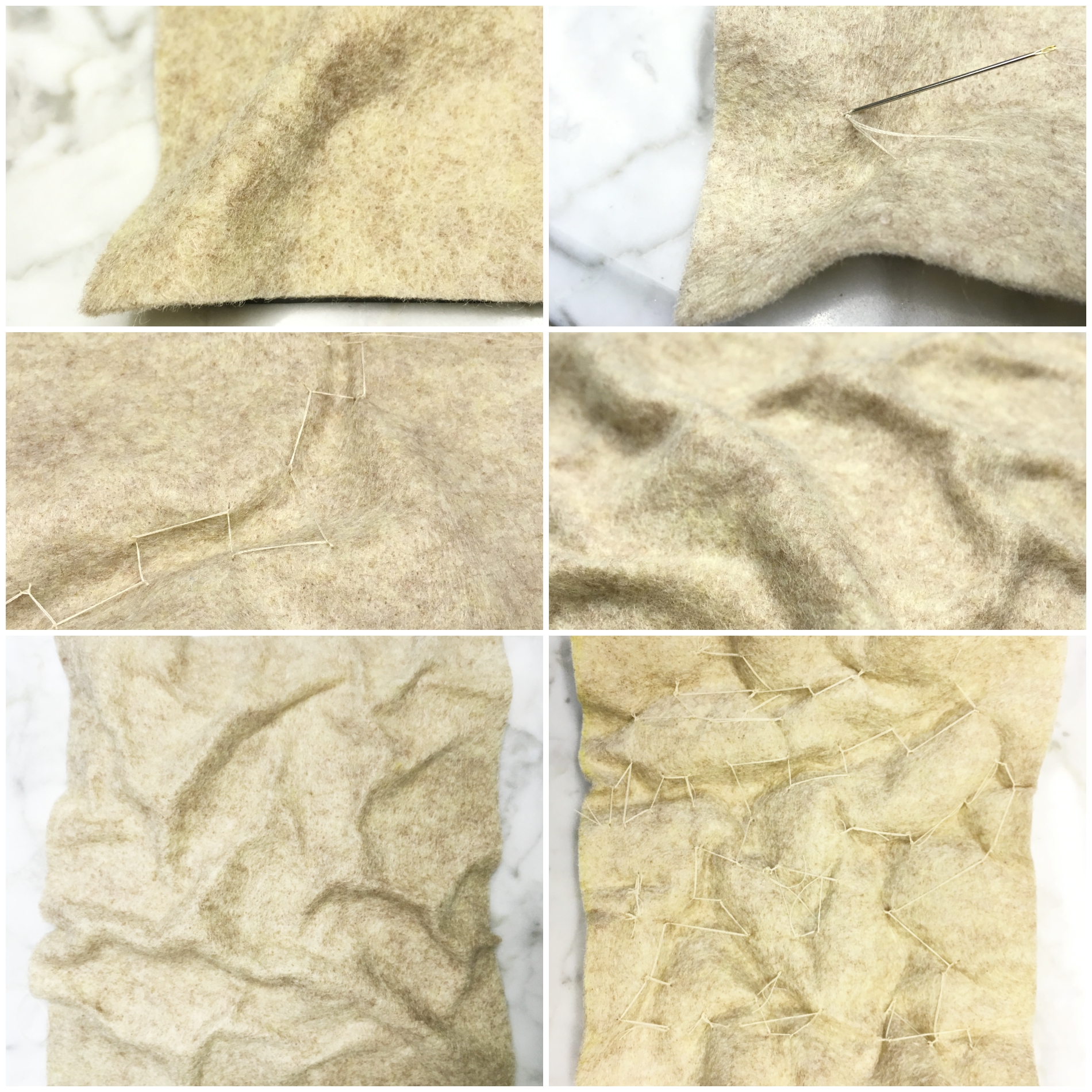
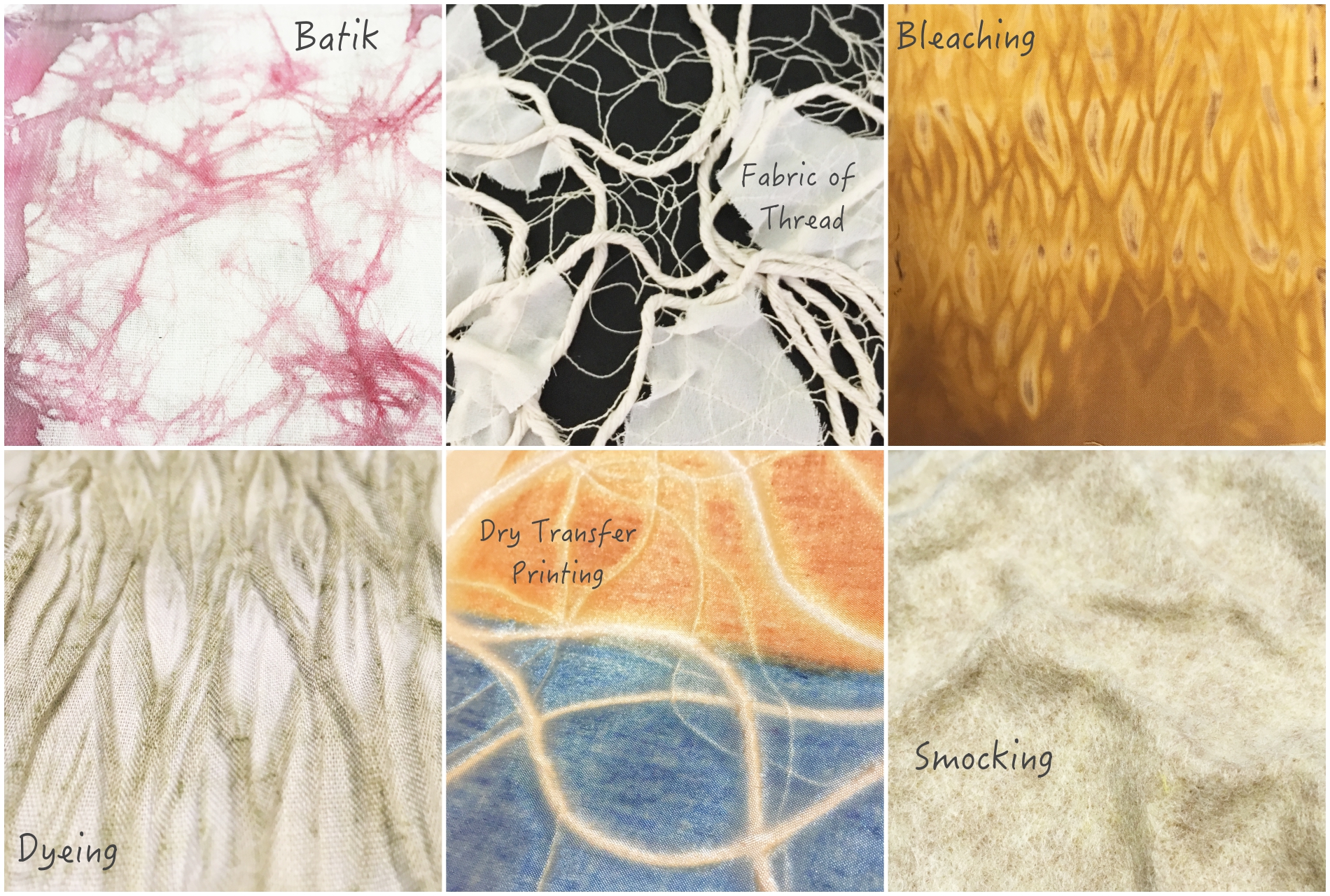
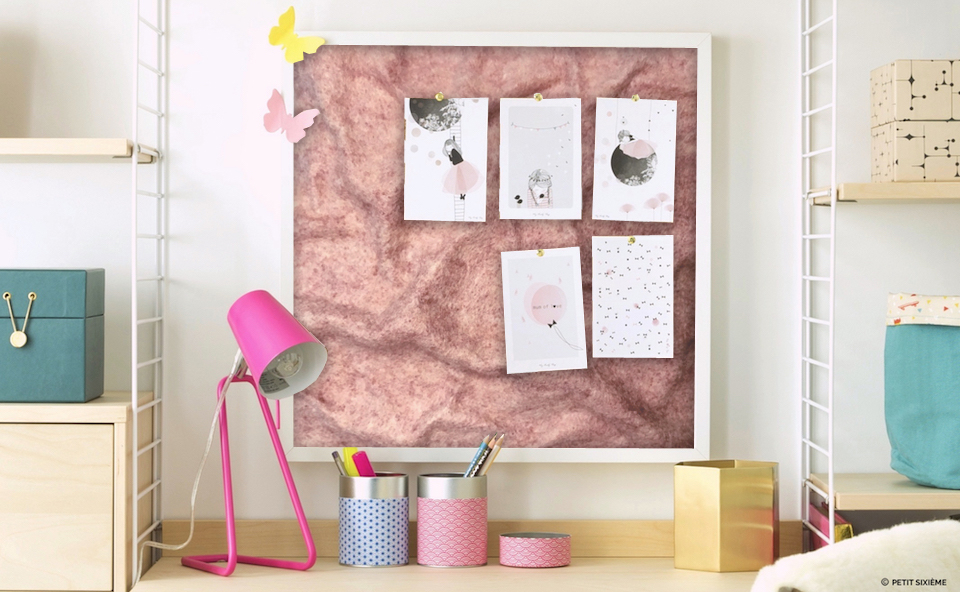
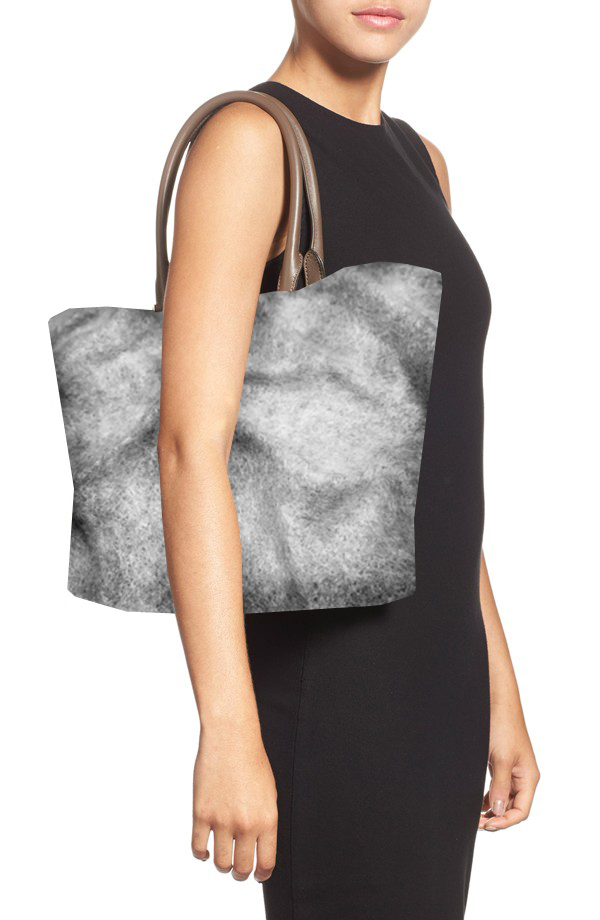
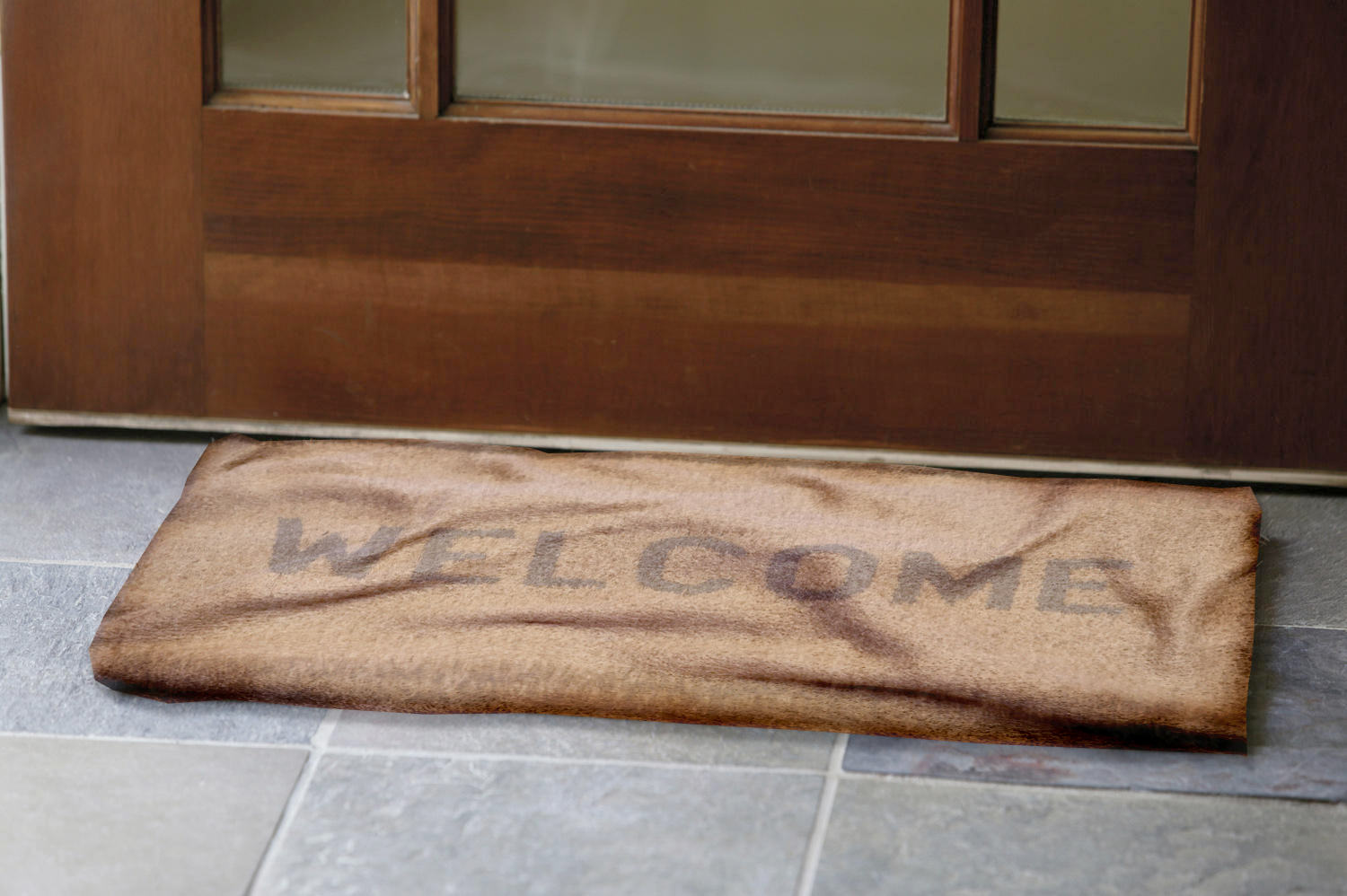
Small Product: Clutch
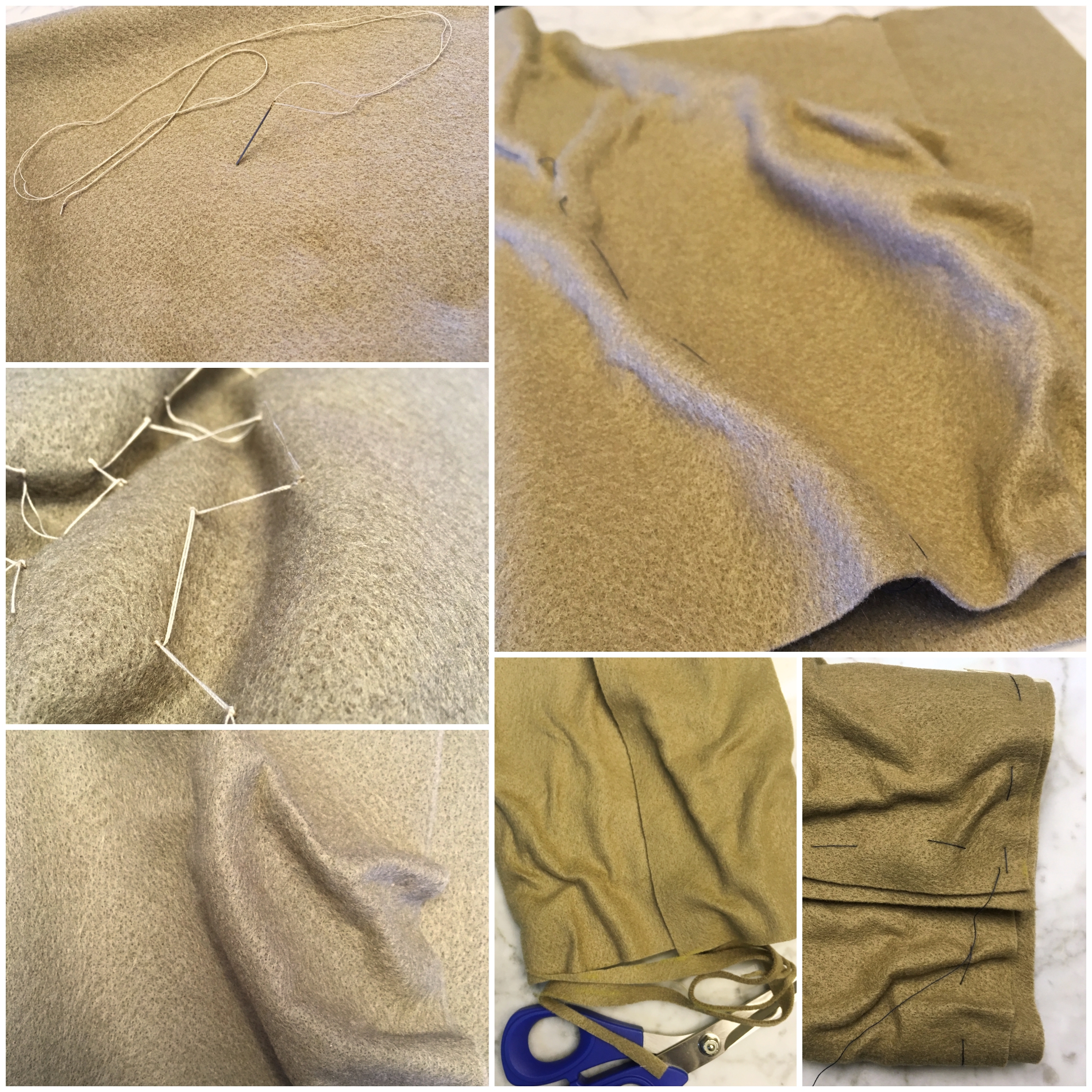
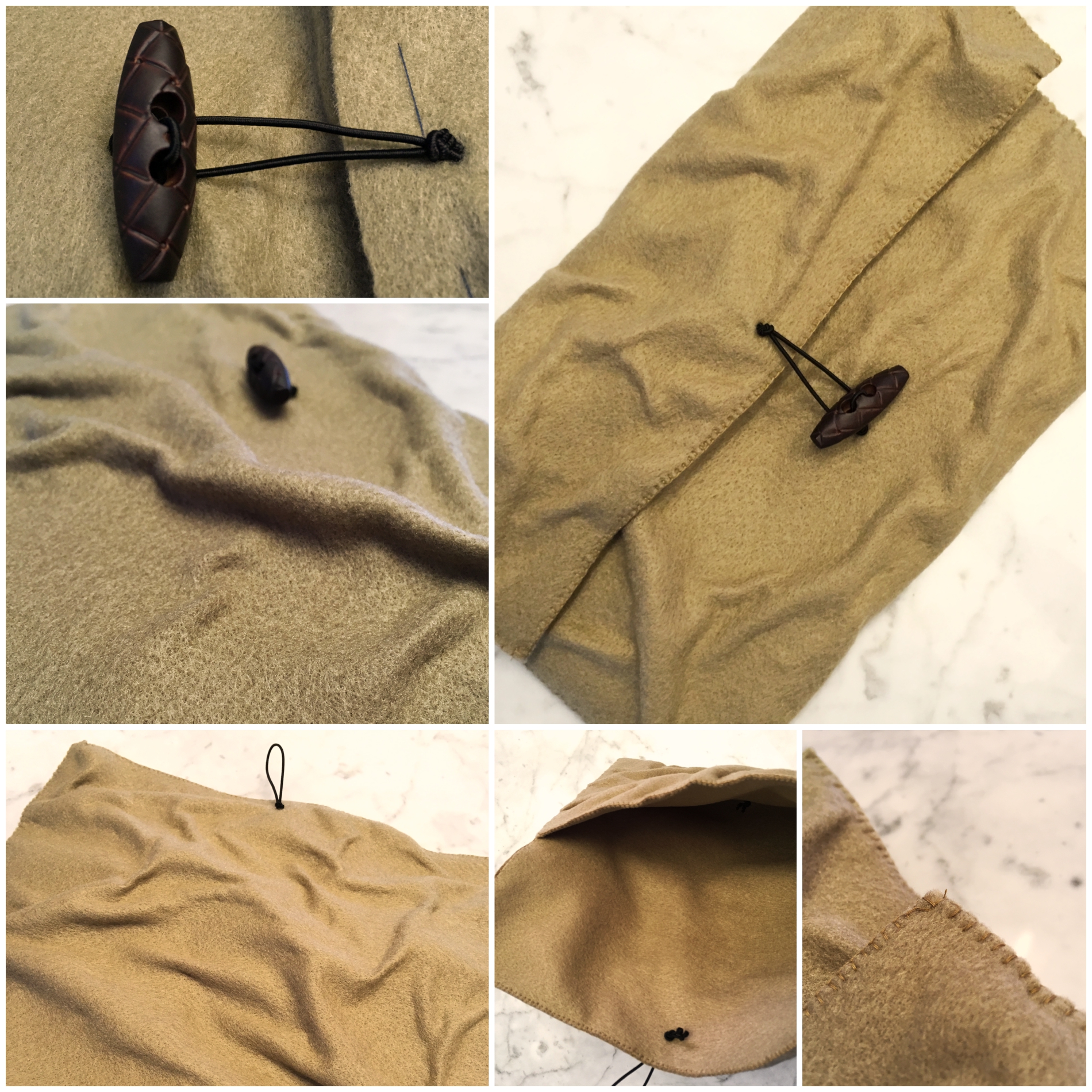

Presentation Boards:
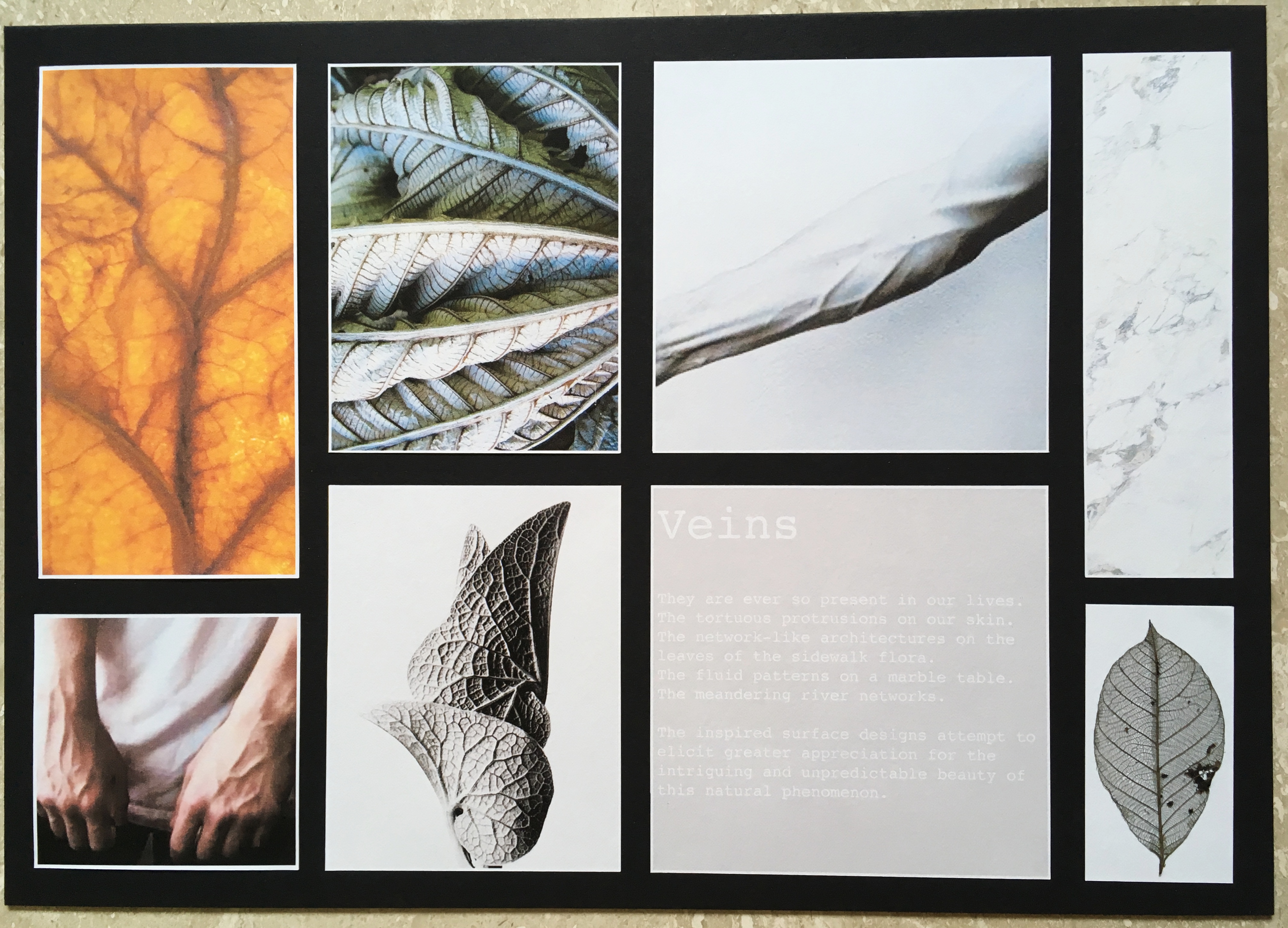
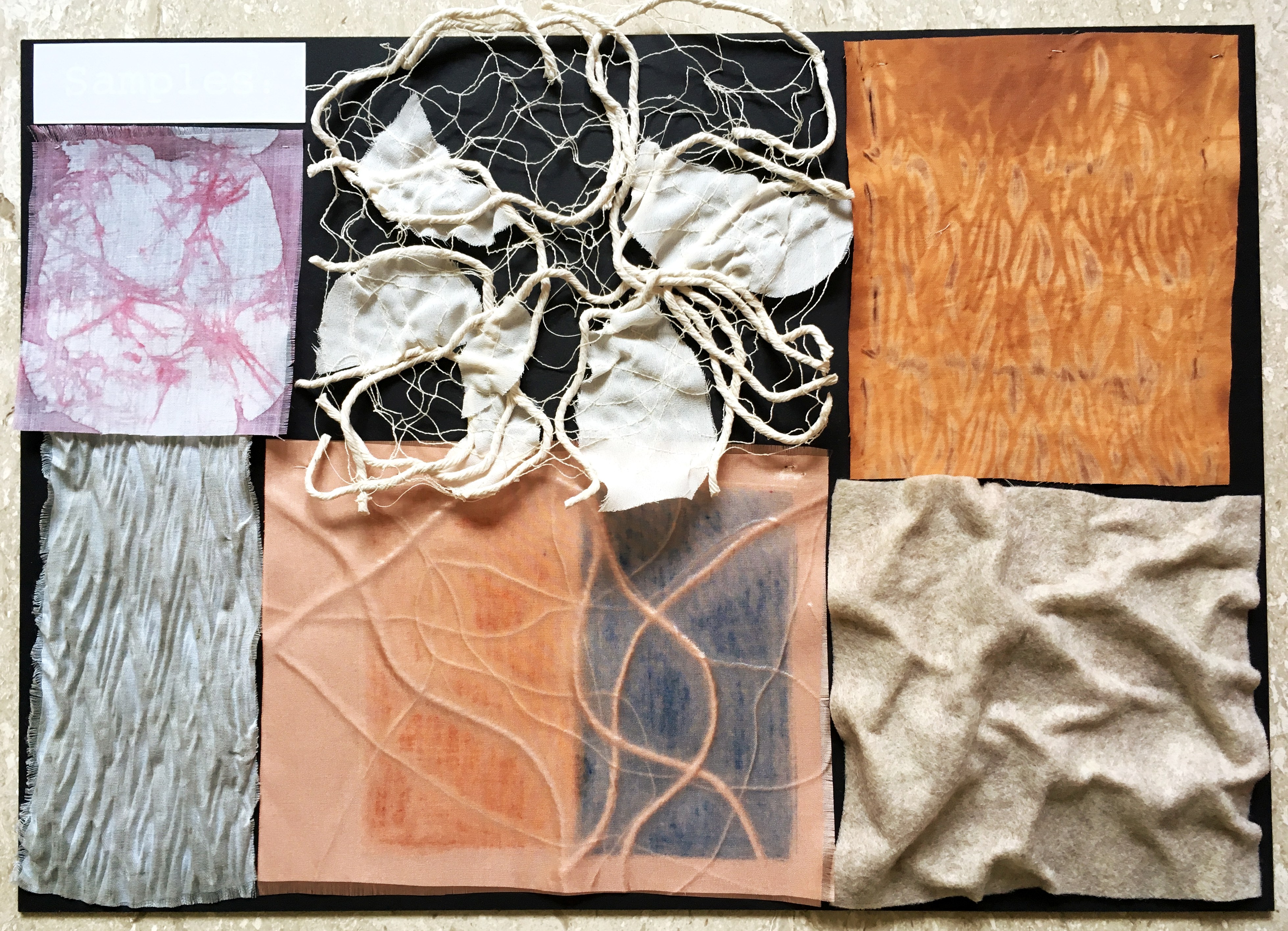
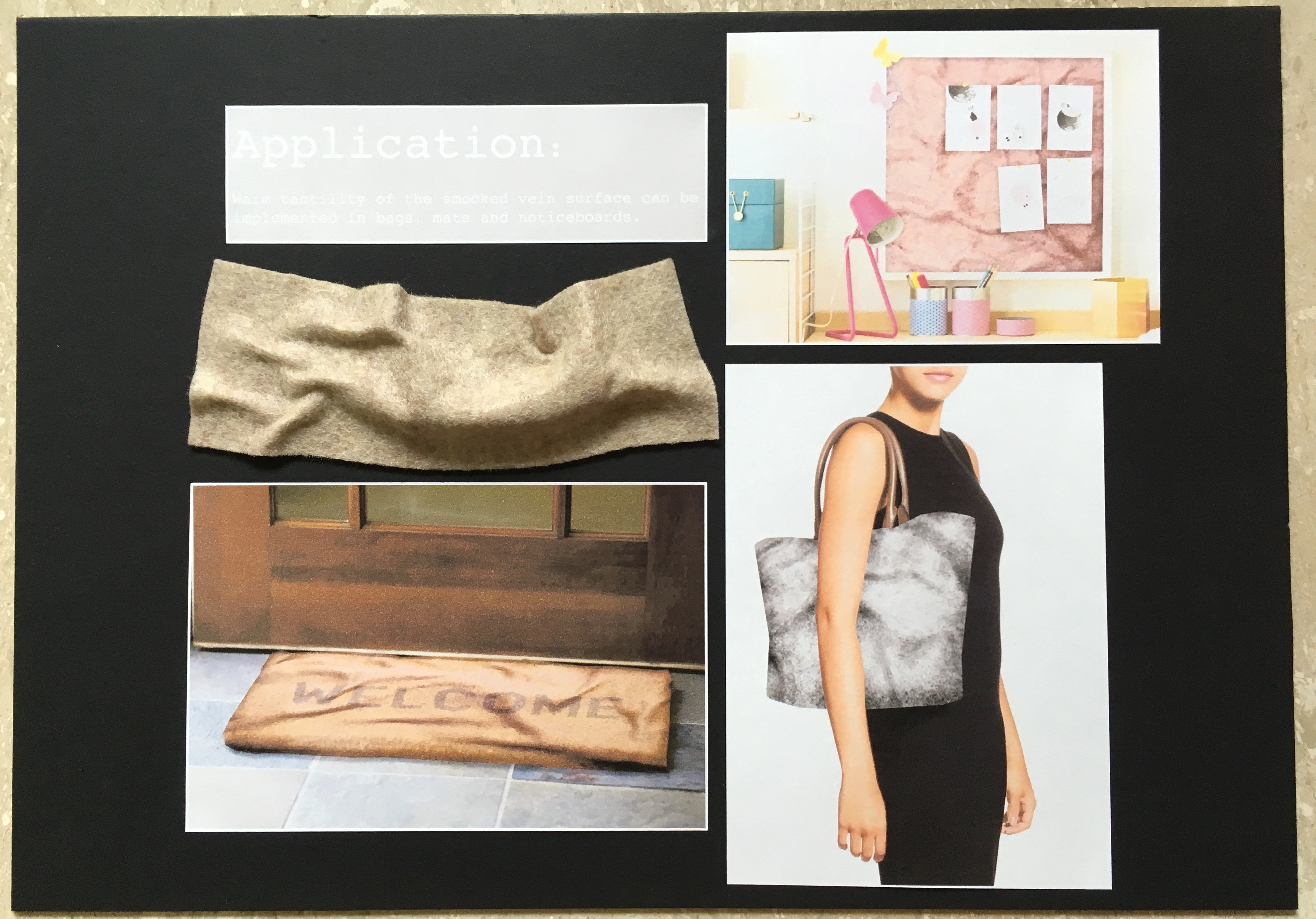
Mood Board:

Vein-like qualities: smooth, tortuous, organic, fluid, connective networks
Sample- techniques:










Small Product: Clutch



Presentation Boards:



Batik can be described as a general technique that utilises wax-resist and dyeing of fabric to achieve a decorative effect.
Materials required:
Technique:



Appliqué is a needlework technique where smaller pieces of fabric or other materials are sewn unto a larger piece to form a picture or pattern.
Materials required:
Technique:
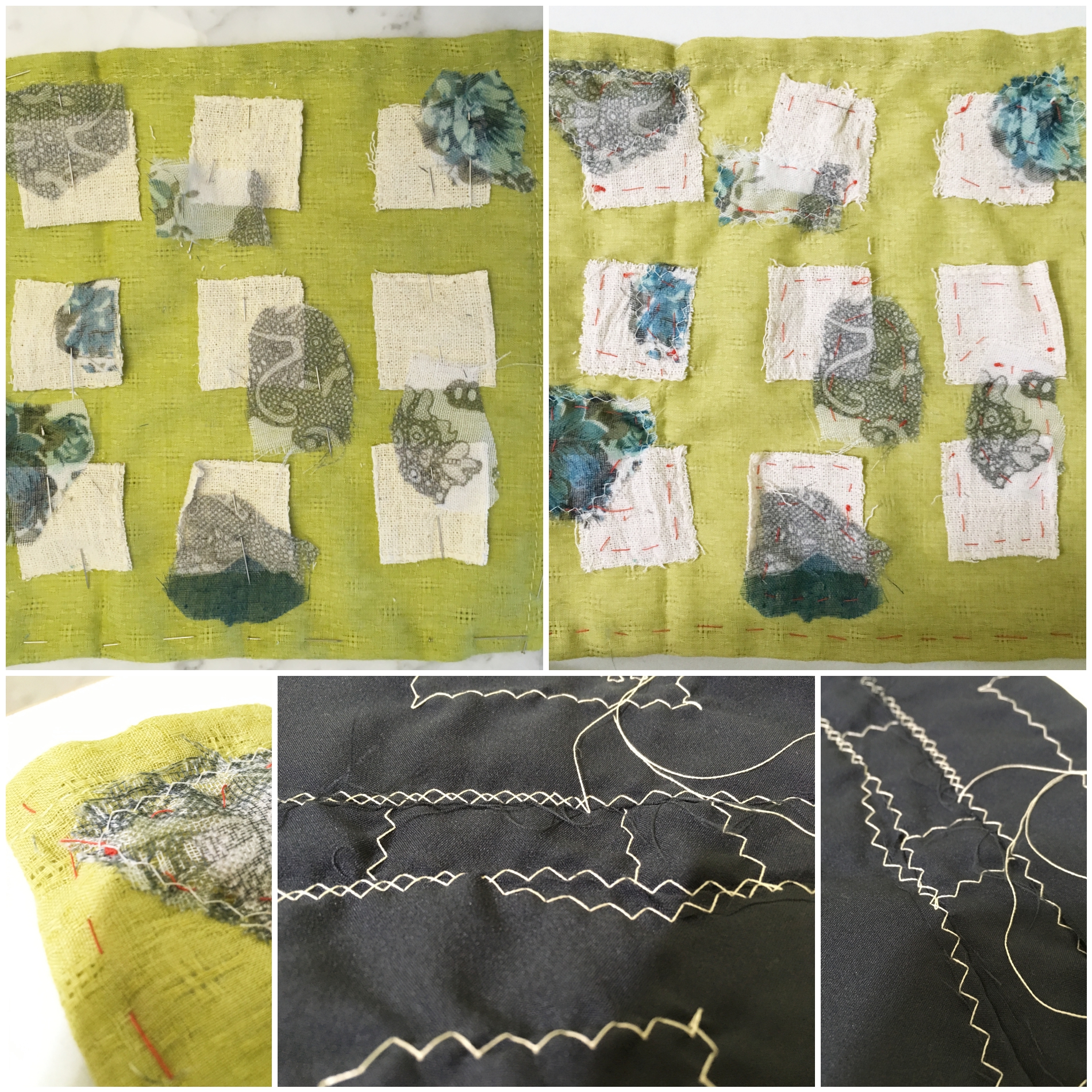
Applications include:
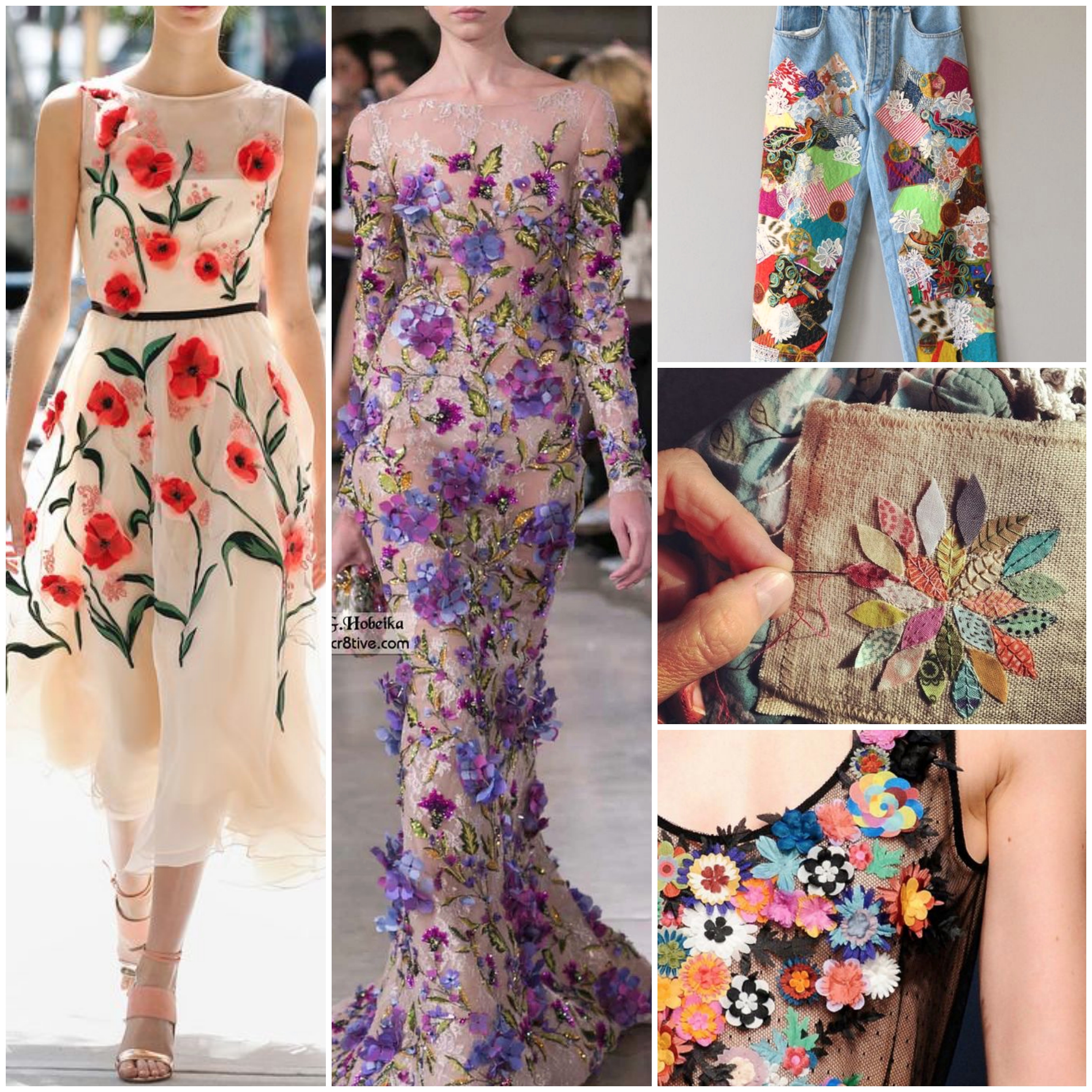
Personal reflections:
This technique reminds me of decoupage where the surface is built up through the addition of interesting materials, resulting in a meaningful piece of work even if the elements are distinctly different. Also, the stitches play a role in the final appearance!
Yarn and other kinds of threads can be woven in loops to create a cloth. There are multiple techniques for knitting, and the effect varies with the texture, colours and weight of the yarn used as well as the type of needle.
Materials required:
Technique:
The internet is a treasure trove of tutorials! With both video and pictures, patterns and stitches can be learnt through practice.

Using the wool yarn, techniques like casting on, purl stitch, knit stitch, slip stitch, “yarn over”, increasing, decreasing and binding off were practiced. It progressed to the incorporation of lace patterns such as those in the images below.
From the Flax and Twine website I used Pattern 1 and Pattern 4
Taken from https://www.flaxandtwine.com/2015/05/easy-lace-knit-shawl-pattern/

For the plastic knit, Lace Pattern 1 was followed.
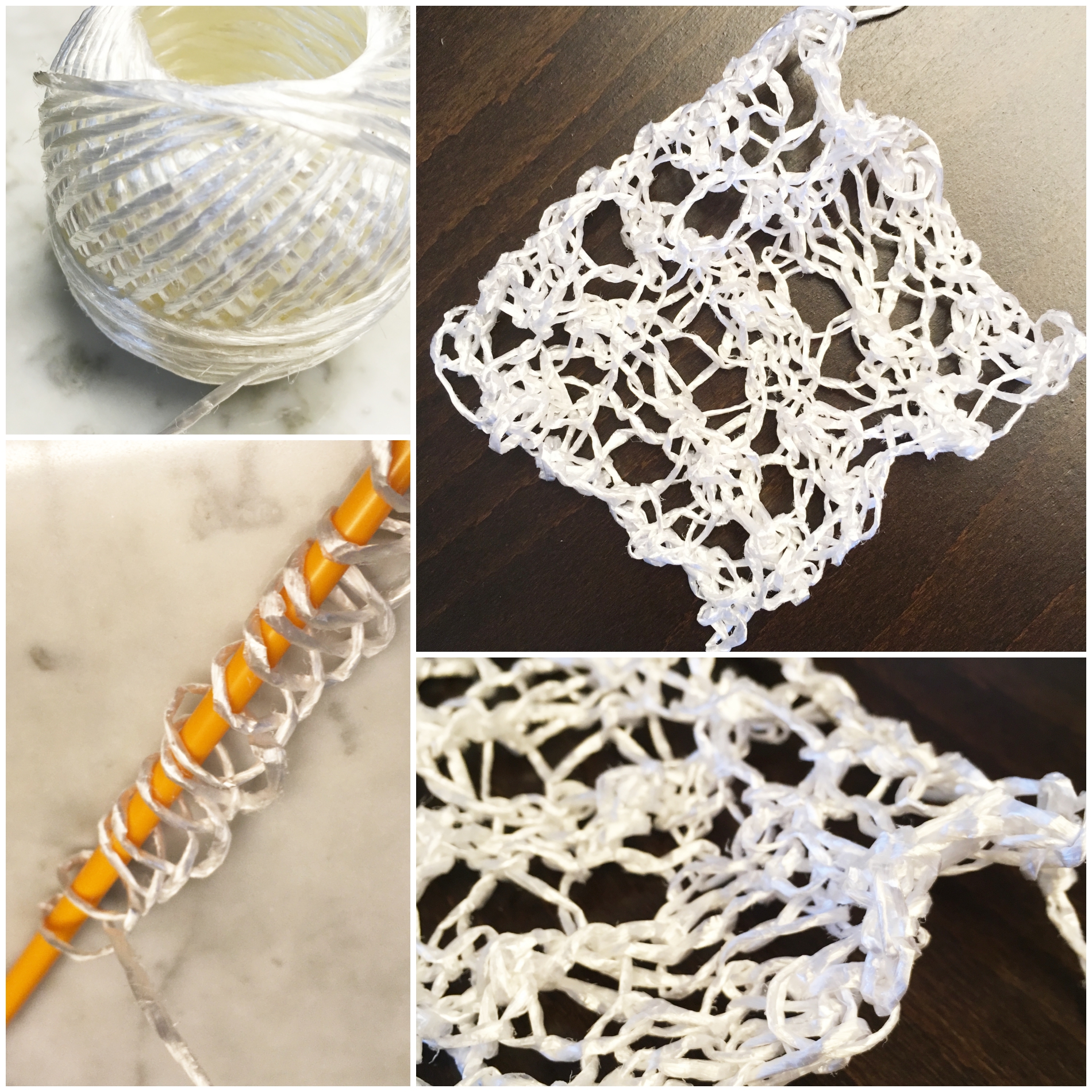
For the wire knit, Lace Pattern 4 was followed. Wire was a challenge to manipulate, however, the resulting strength and elasticity gives the material a new character.
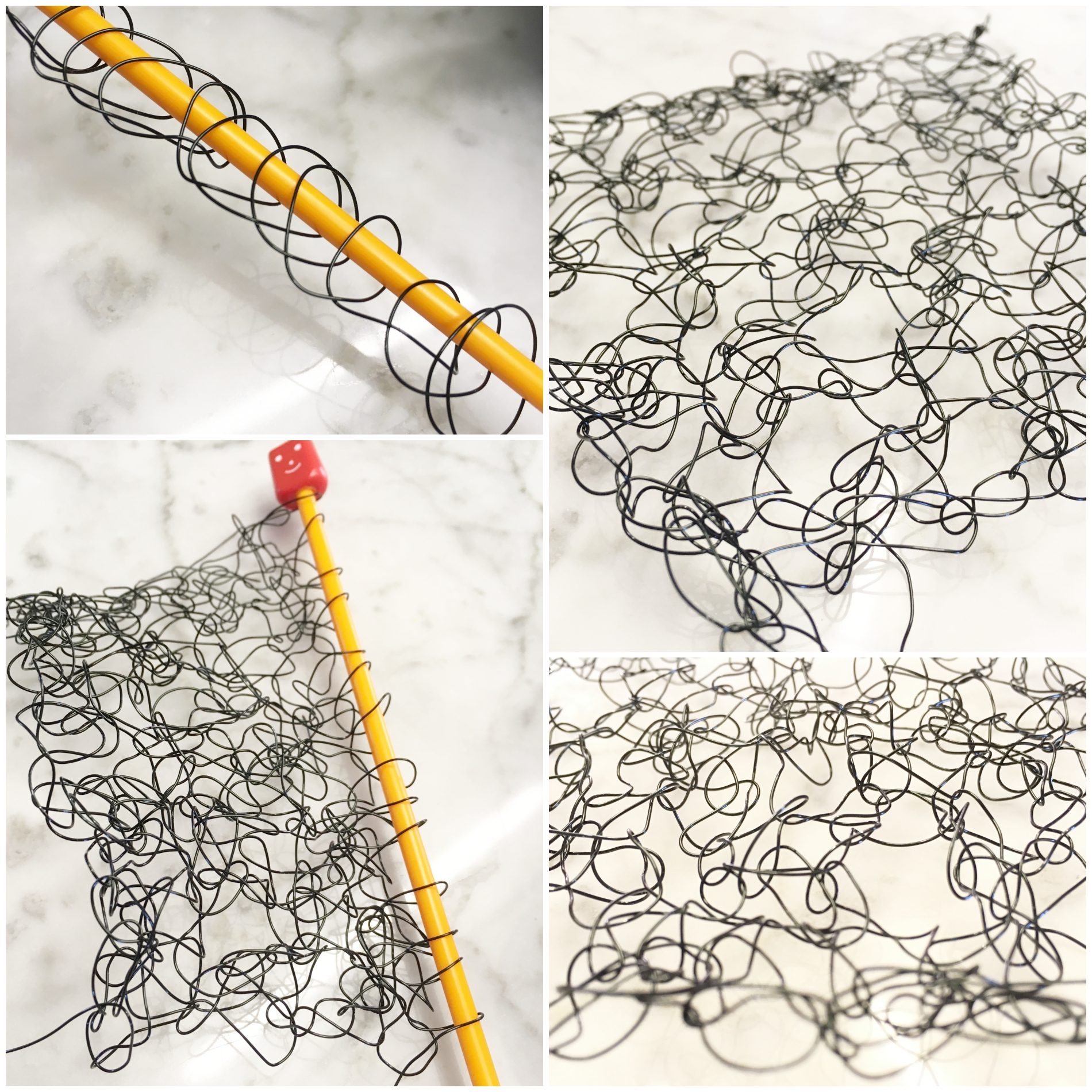
Applications include:

Personal Reflections:
The technique is similar to macrame. However knitting allows more stretchability while macrame makes use of knotting to secure the threads. Perhaps both can be combined in one fabric to give mixed properties?
We often think the knitted wear is meant for winter but there are also ways to make knitted materials cooling though the use of spacing and thinner thread (e.g. linen). Combining the different stitches into one piece make it interesting especially when the build-up is slow!
The presence of 3D knitting machines (where the digital design is turned into a knitted piece) allows us to contemplate how our knitted works can be different from the industrial-made

Smocking is an embroidery technique which gathers fabric together into pleats to allow stretching. It is also used to add texture and decoration to the fabric. It was used before elastics were produced.
Materials required:
Technique:


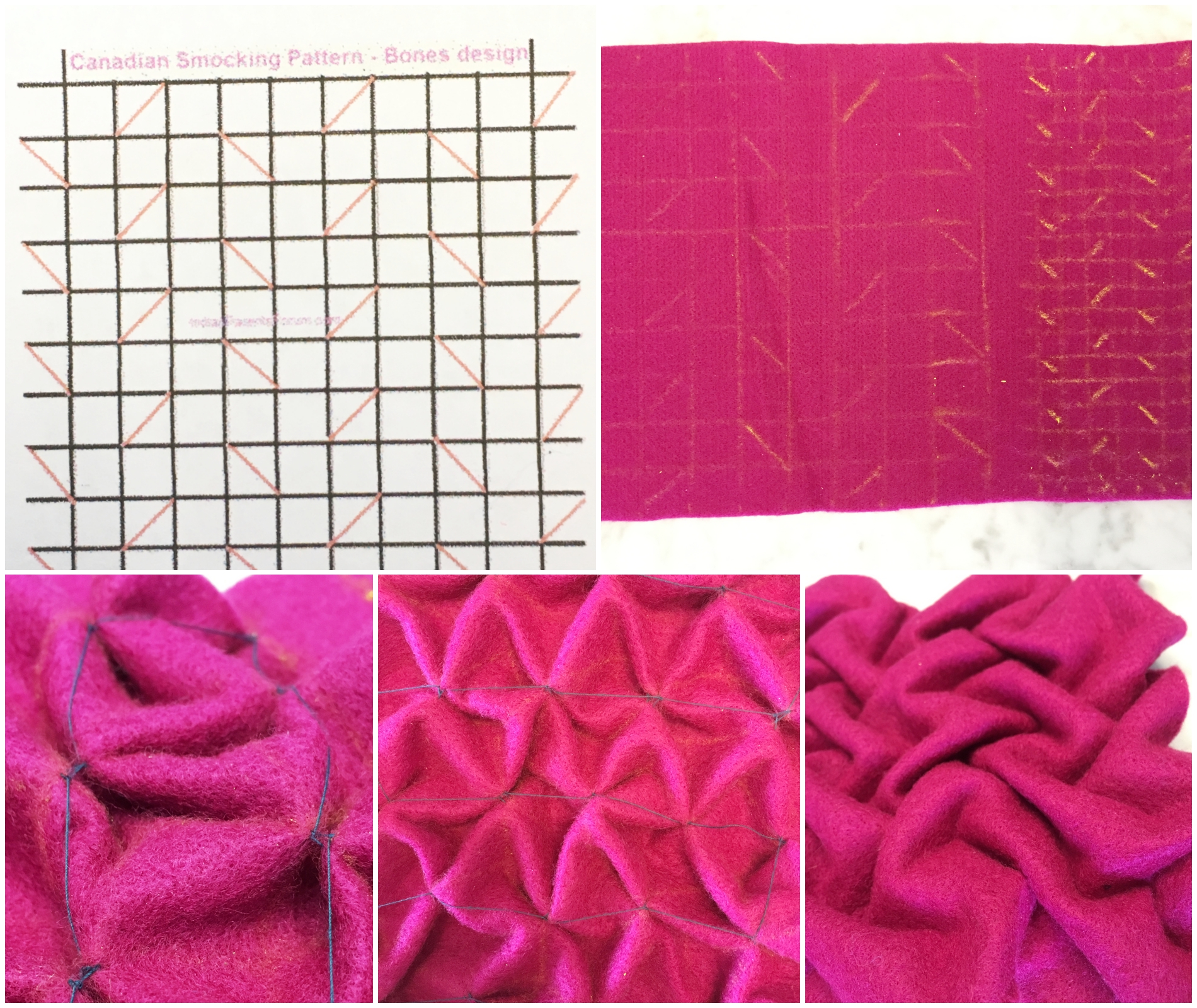

Applications include:
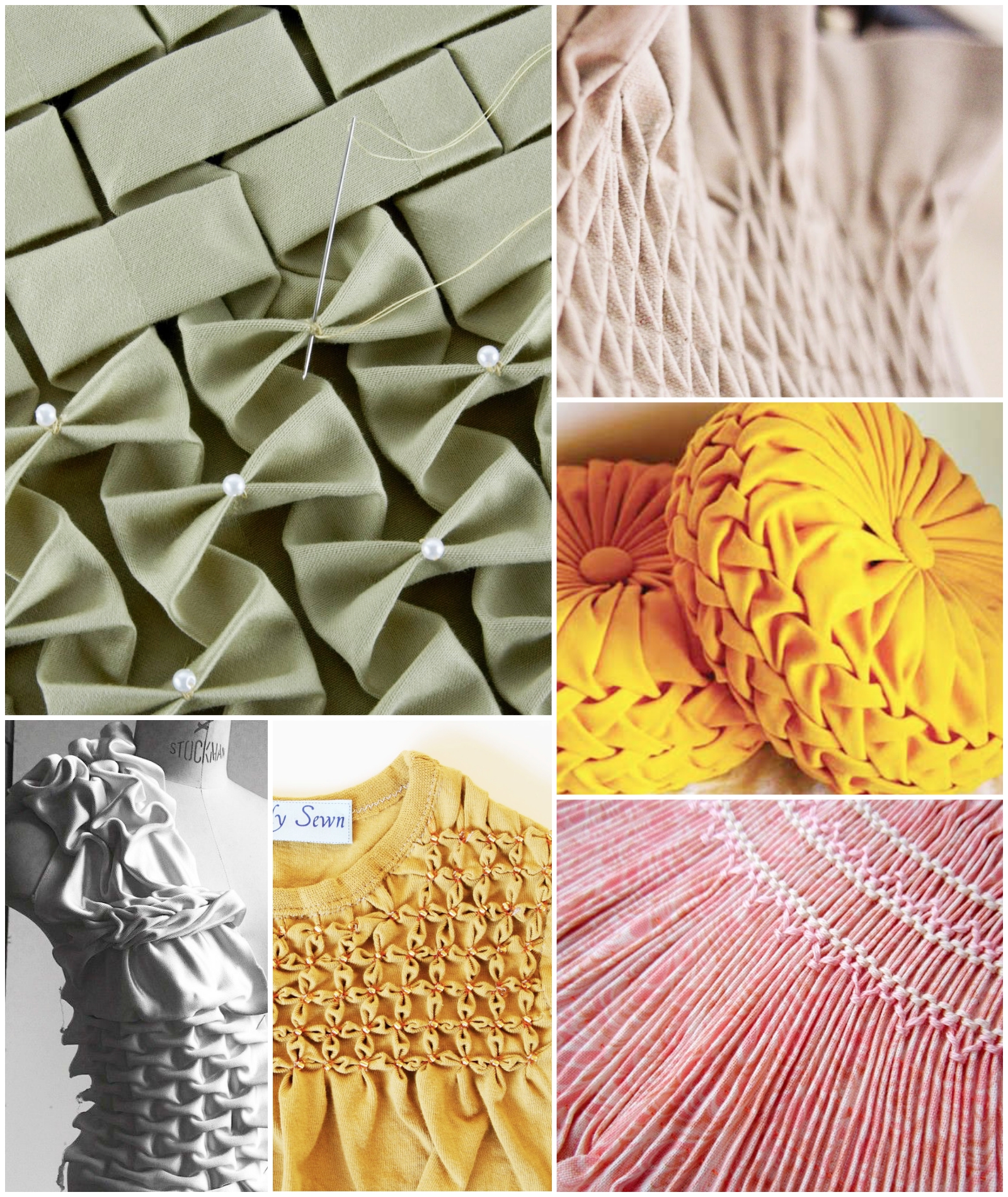
Personal reflections:
The end products were surprising as the gathering of stitches transformed the qualities of the fabric. The two templates chosen had the same dimensions and directions of stitches that were simply arranged in different configurations. However, the patterns created by the distinct shadows and folds were both unique. The gradation of the grid sizes in the same fabric also yielded more fluidity.
Dyeing is the addition of colour to textiles, and requires natural fibres (e.g. wools, twine, linen, cotton). There are also natural and man-made dyes
Materials required:
Technique:
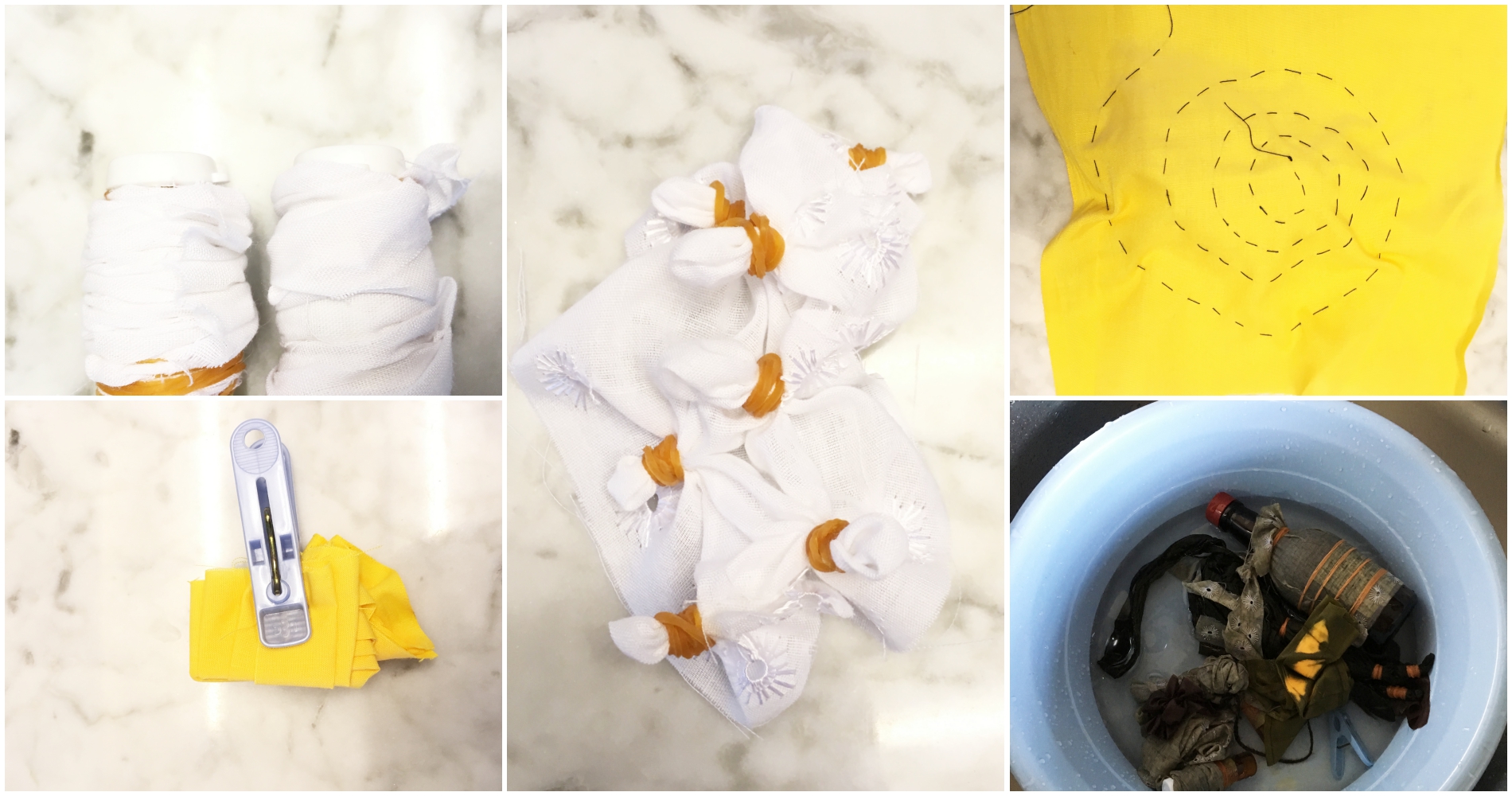
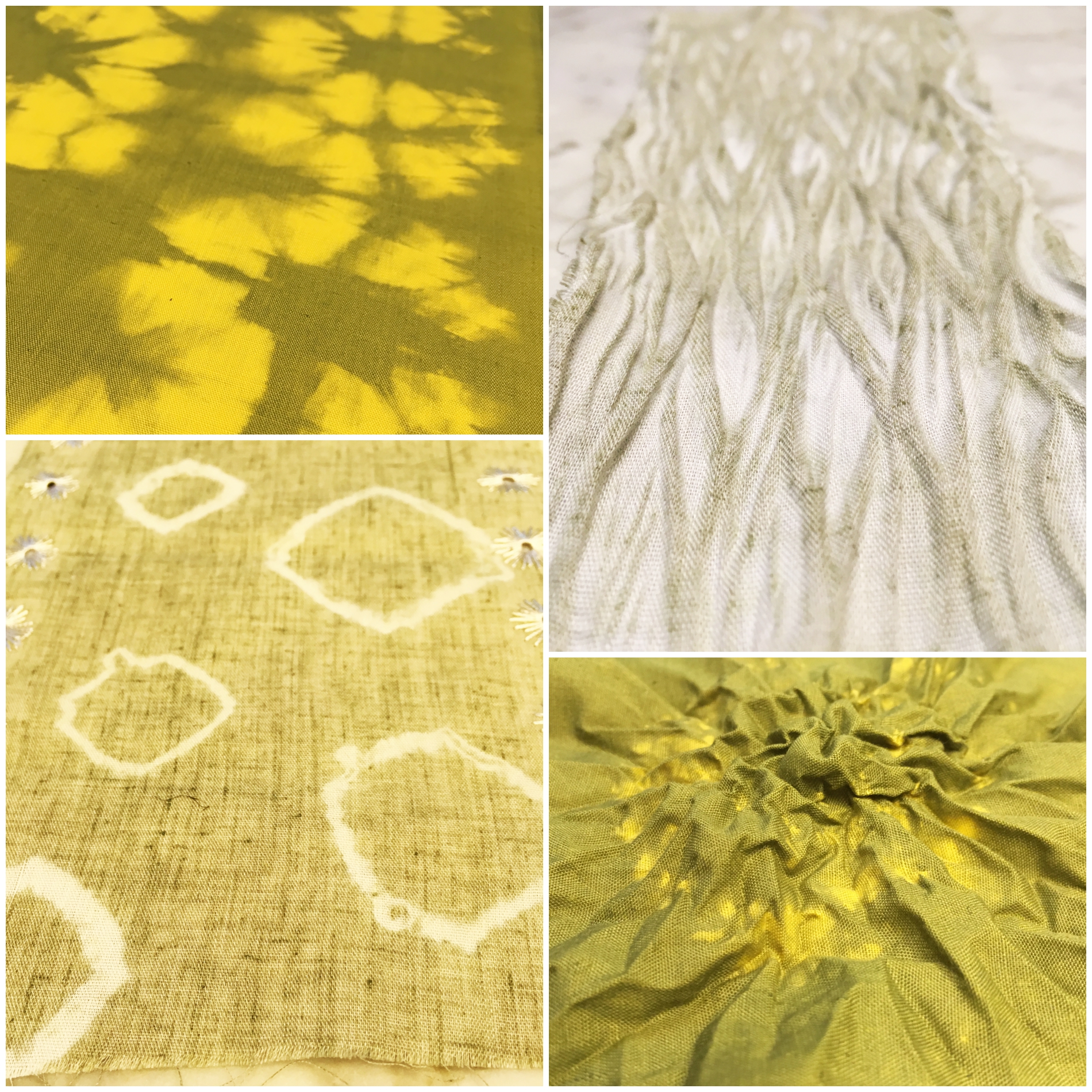
Applications include:
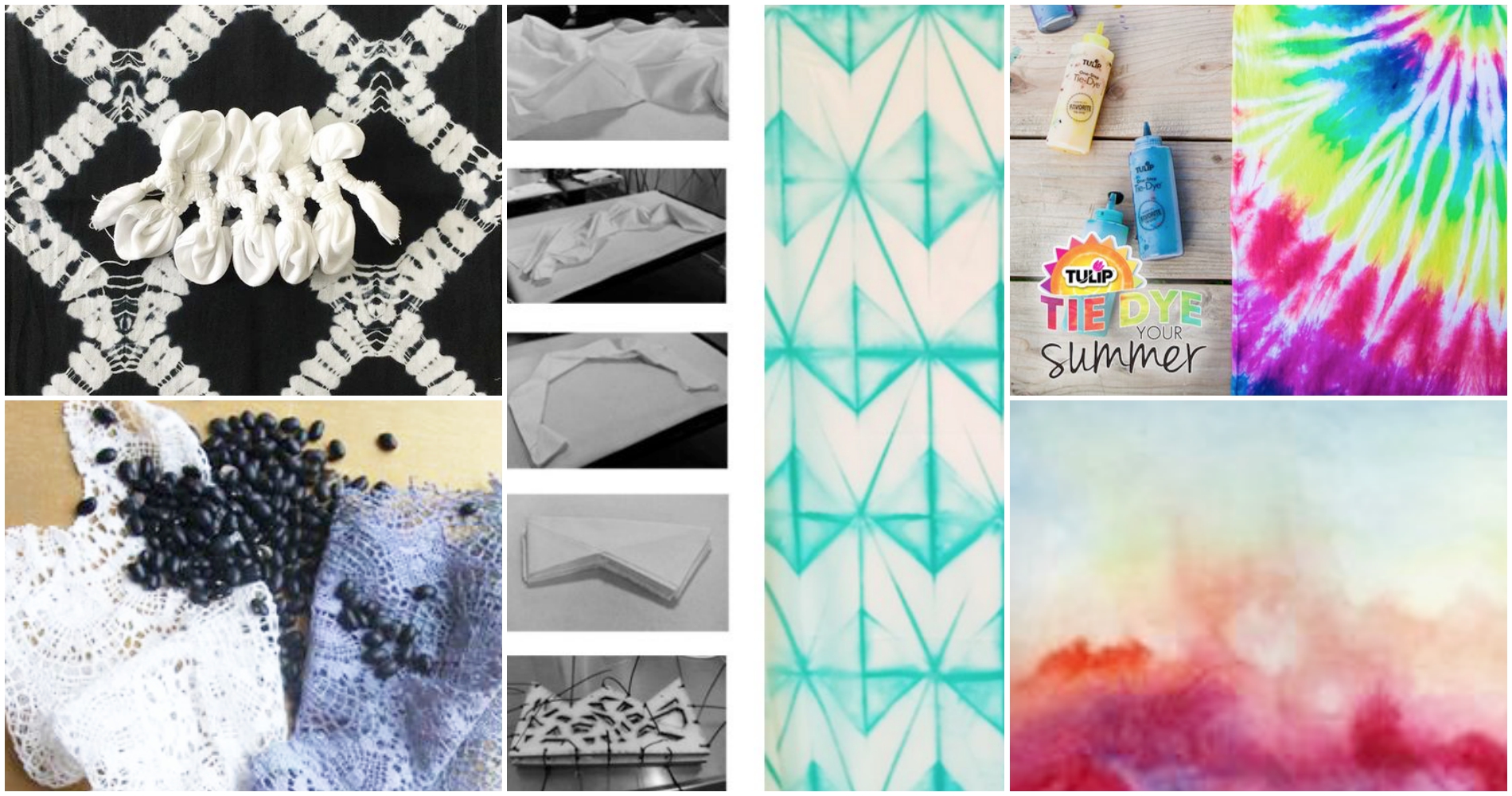
Personal reflections:
The usage of just one colour can result in mesmerising organic patterns. Multi -coloured patterns could be explored! Also, we could consider making dyes from natural sources like fruits. It was observed that the polyester blend also took on the creases made by the during the dyeing process.
Resin Encapsulation
There are three main types of resin casting (Information from Environ Molds) :
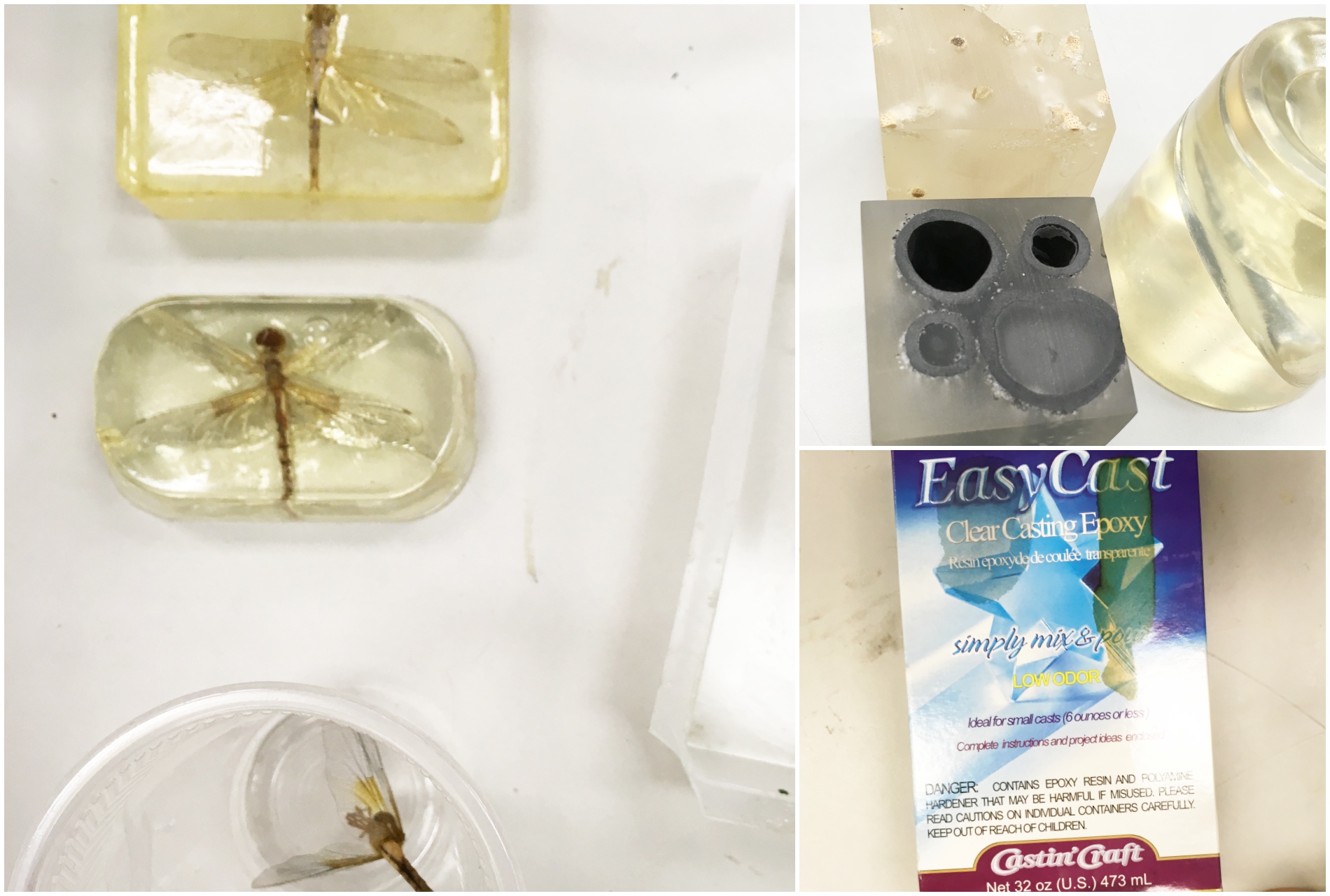
Materials required:
Technique:

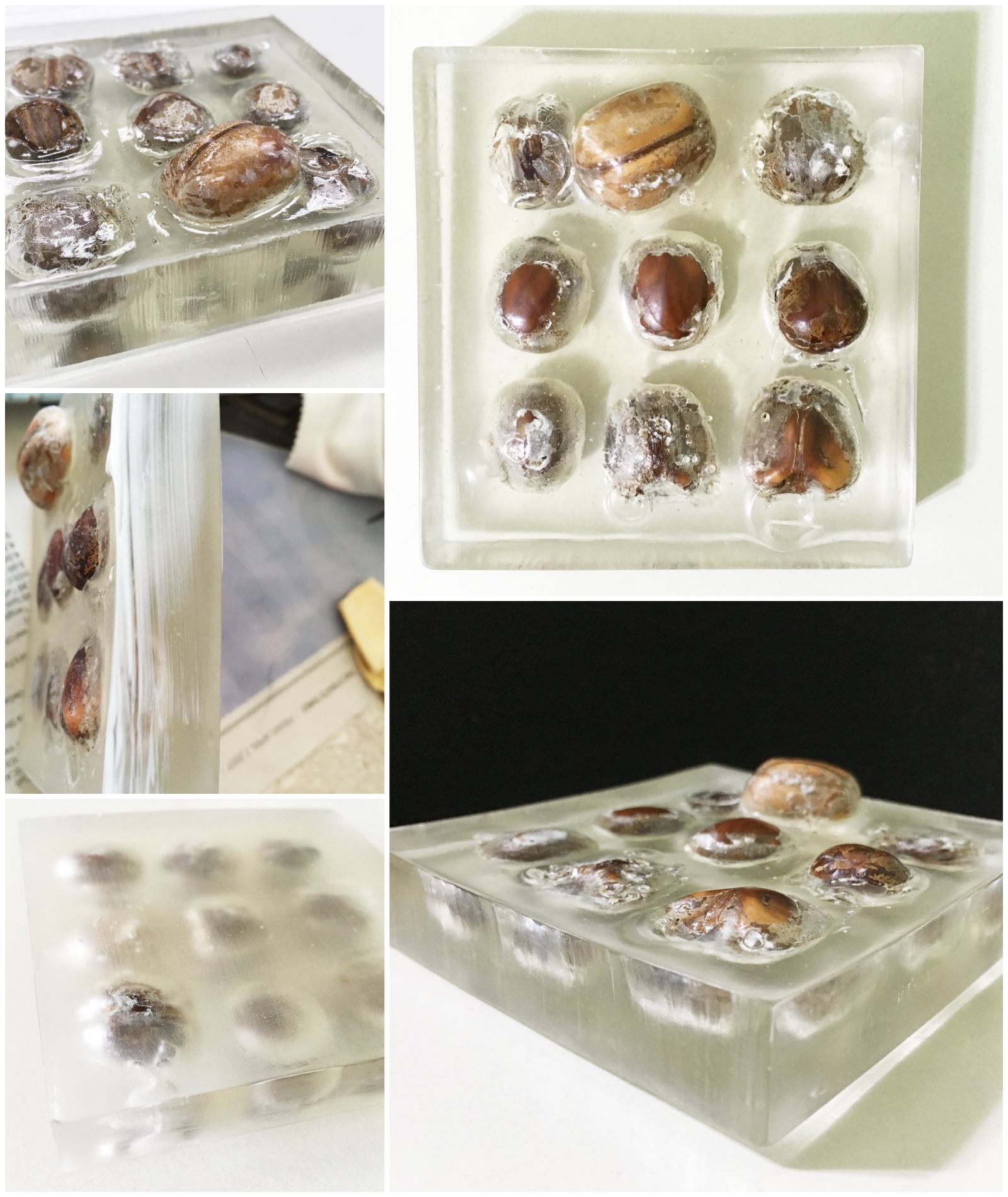
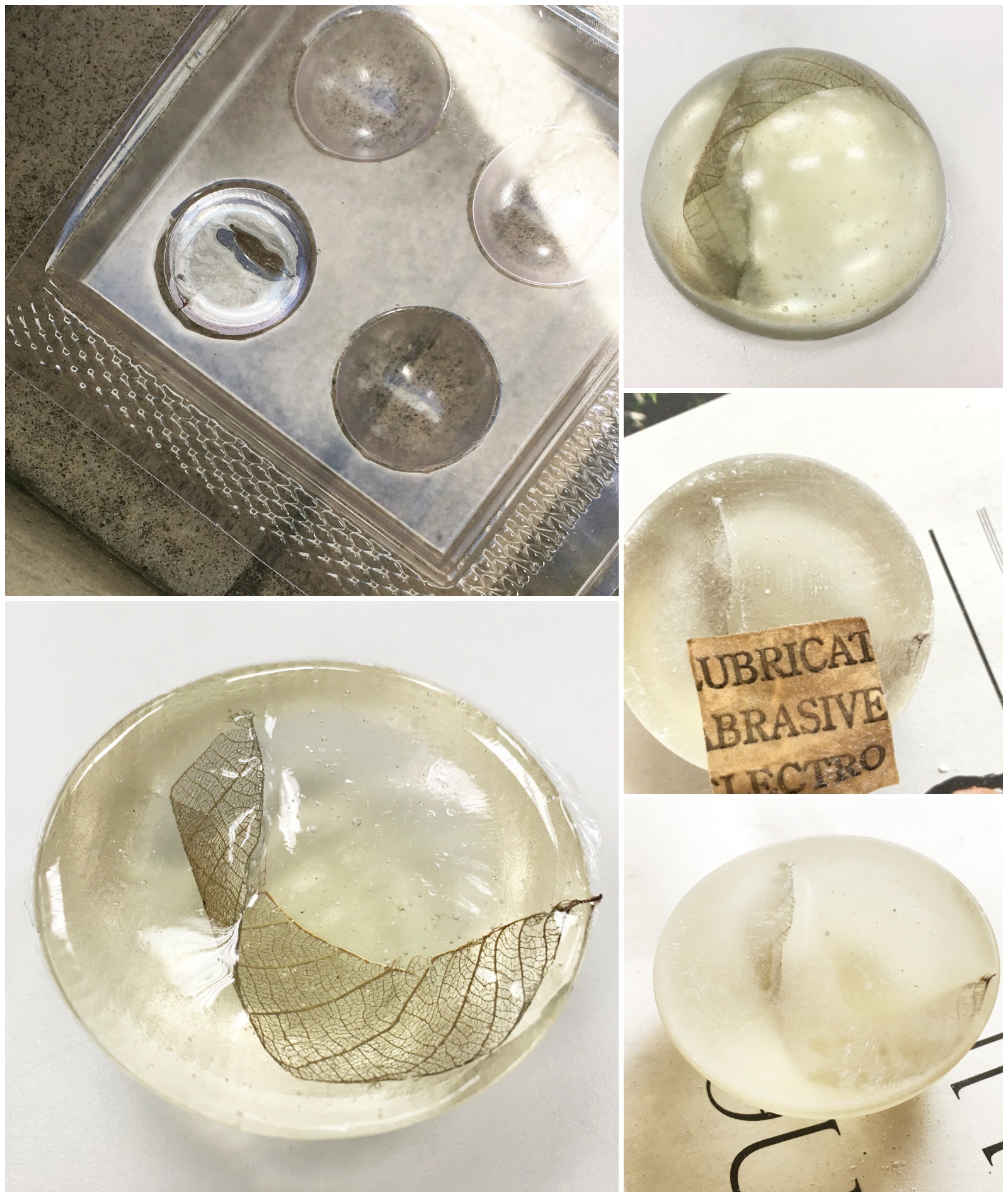

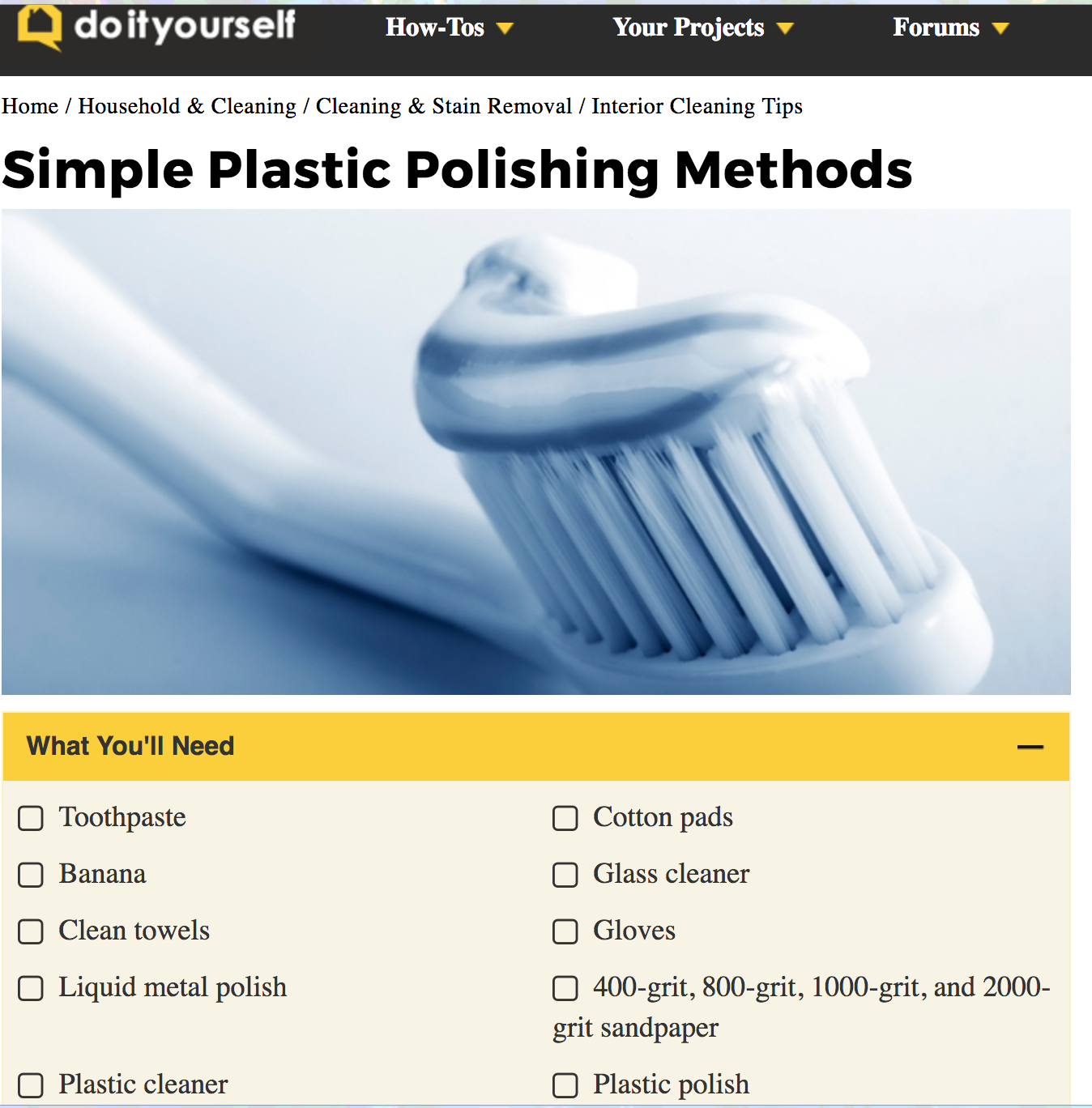
Applications include:
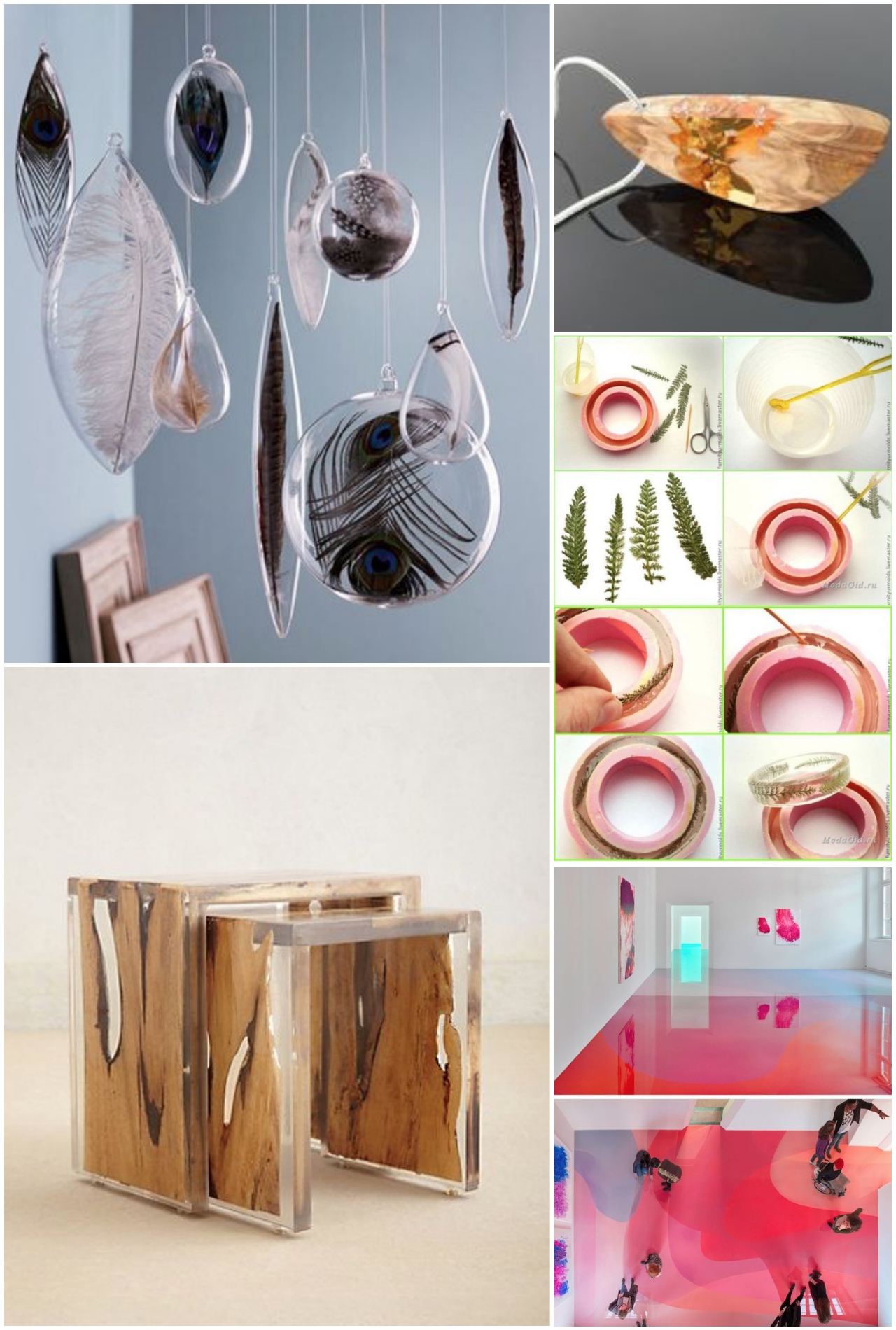
Personal reflections:
The transparency and the density of the resin causes refraction of light, enlarging the encapsulated object, manipulating the image of the background as well as cast shadows. These optical effects are particularly apparent while photographing the finished resin. The unique, three-dimensional frame around the chosen articles somehow creates a sense of stillness. I love such accidental discoveries!
Latex
Latex is a natural ingredient from rubber trees and they become sticky when drying. It solidifies and shrinks slightly into a rubbery material. It can be used as an adhesive as well. (information from Wikipedia)
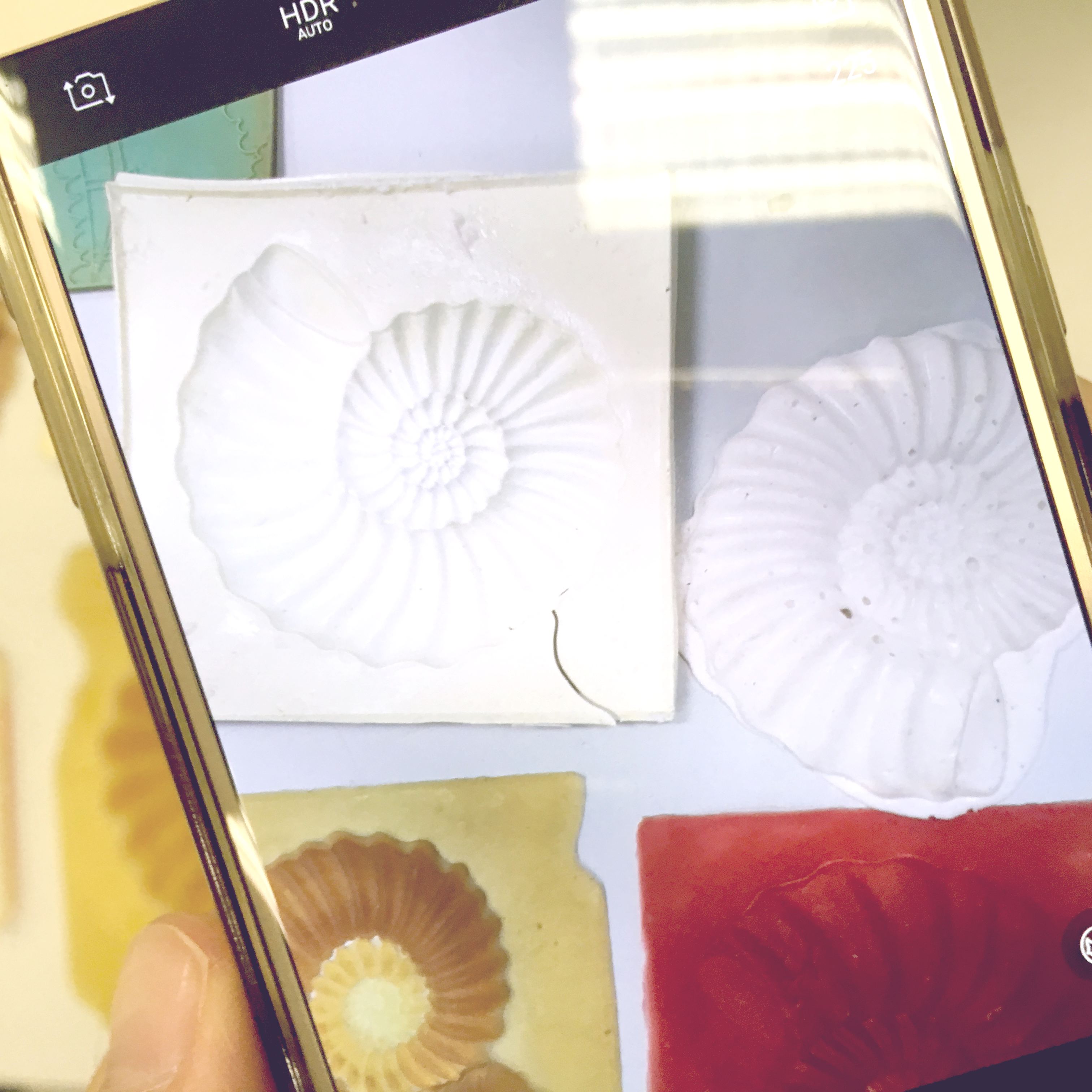
Materials required:
Technique:
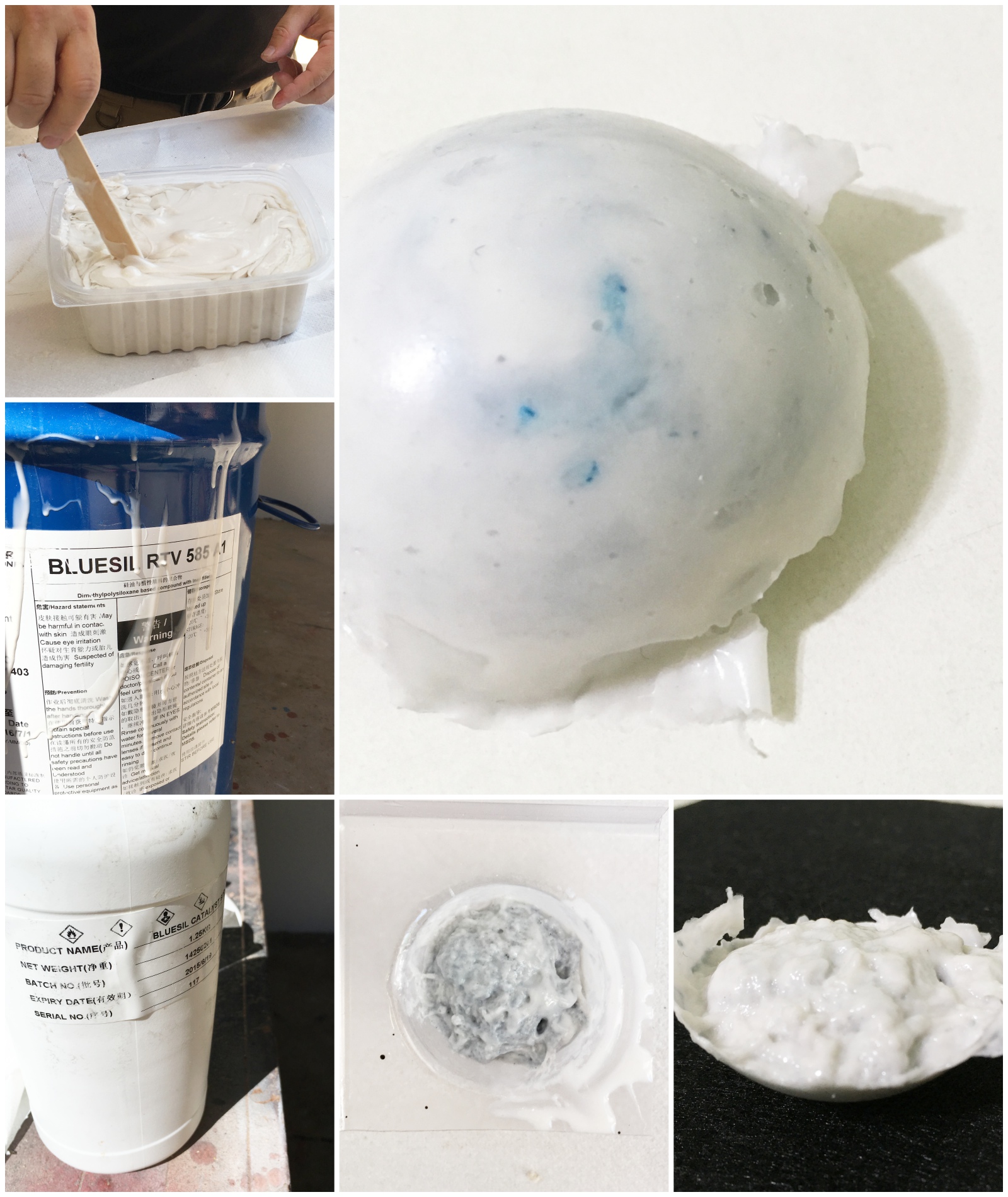
Applications include:

Personal reflections:
This seemed rather tough to handle as the latex hardened faster than we could manage. Although the resulting form was messy, the introduction to latex was fun and invokes that sense of childhood (those strange rubbery toys we had?). Upon reading more about the applications of latex, I realised that it was intended for industrial purposes rather than art. It is inspiring how putting a creative spin on a material can inject new life into it.
Heat Setting
“Heat setting is a heat treatment by which shape retention, crease resistance, resilience and elasticity are imparted to the fibres. It also brings changes in strength, stretchability, softness, dyeability and sometimes on the colour of the material. All these changes are connected with the structural and chemical modifications occurring in the fibre.” – Textile Learner
Thermoplastics can be reshaped with heat (polyesters are thermoplastic synthetic fibres)

Materials required:
Technique:


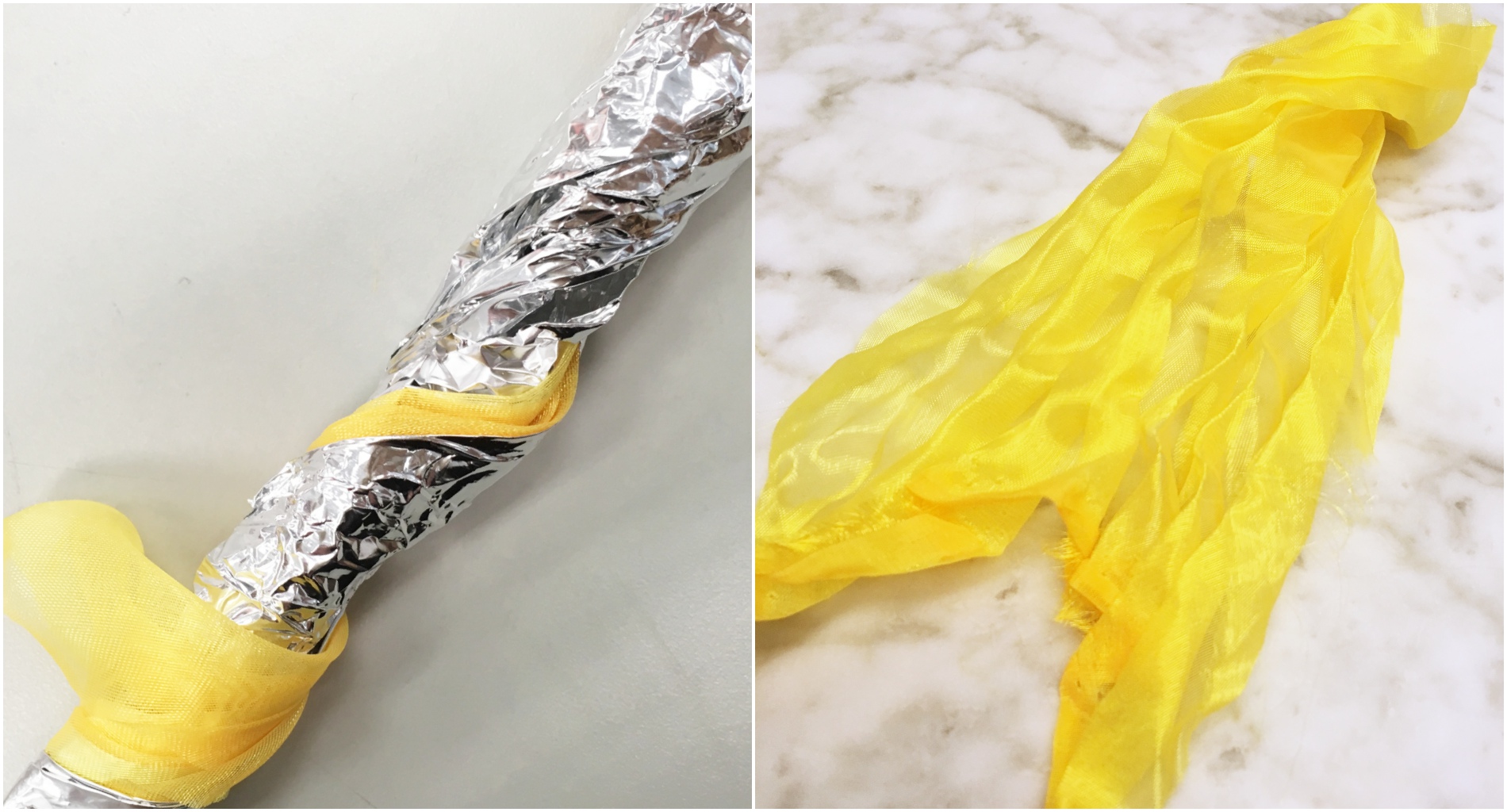
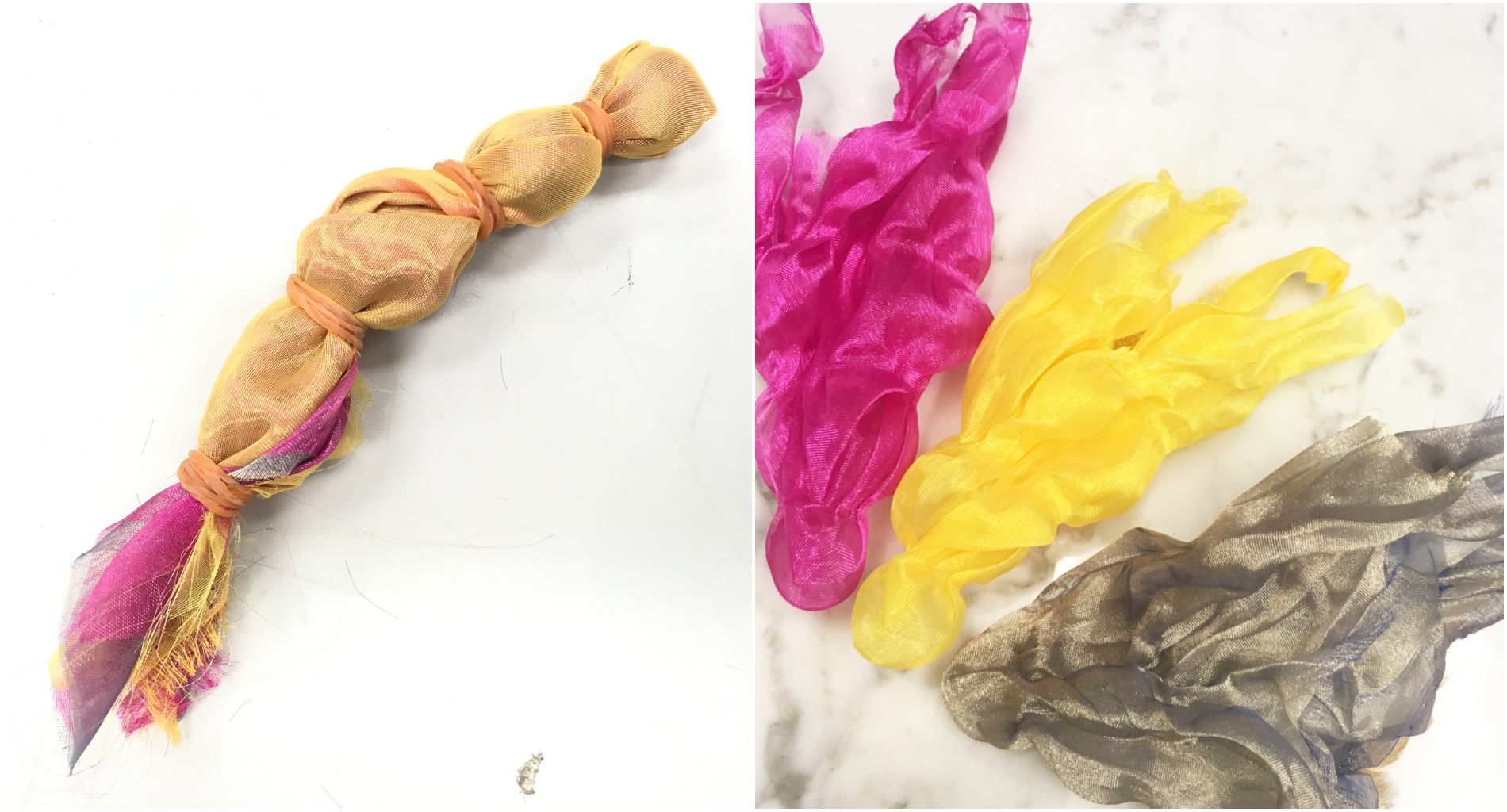
Applications include:
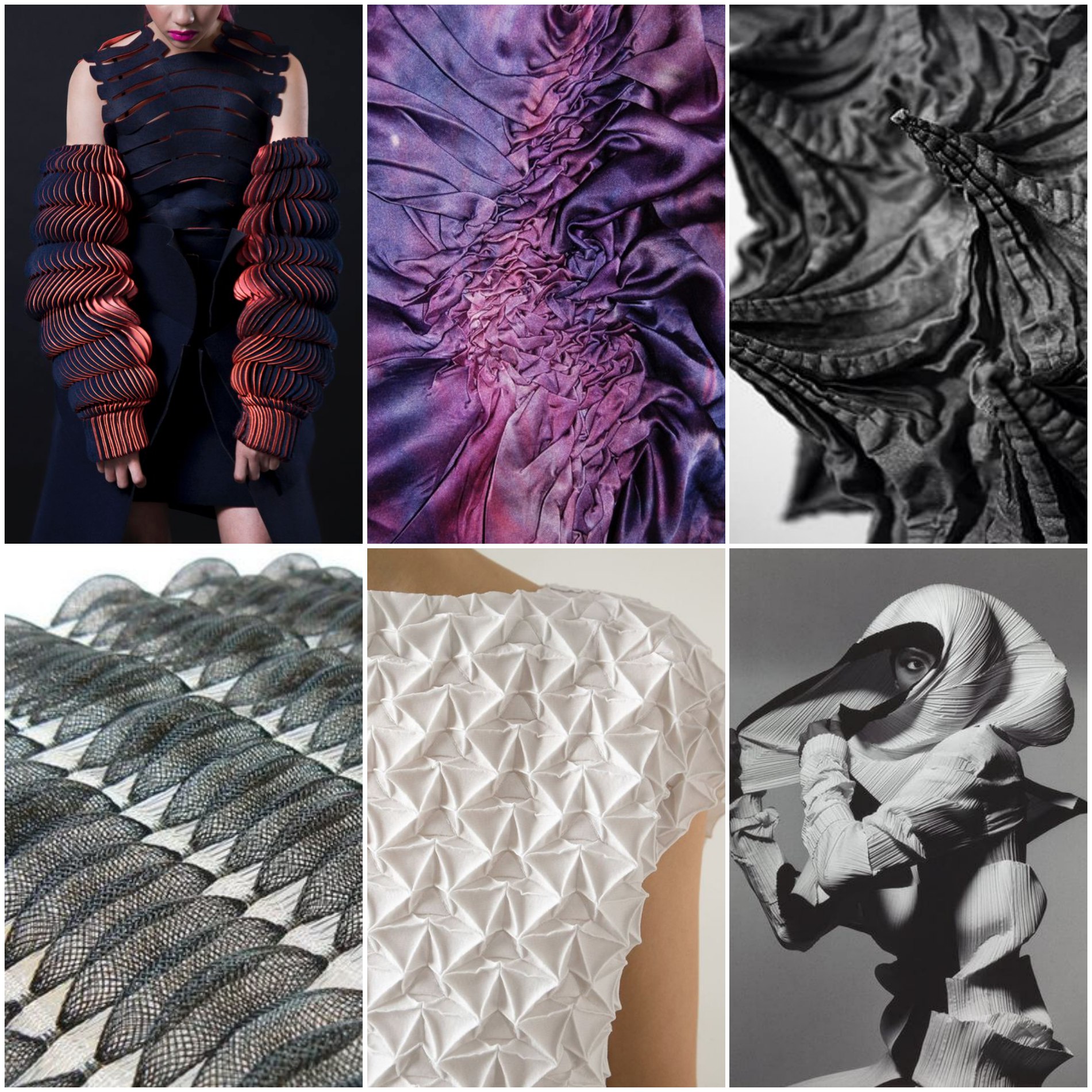
Personal reflections:
It was fascinating to manipulate fabric, giving it a sense of elasticity and fluidity. The technique is also simple to do, but the material is limited to thermoplastics. Nevertheless, it can also be highly useful as a non-wearable like shop front designs and curtains
Vacuum Forming
A sheet of plastic is heated and stretched over a mould, thus taking the shape of that object
Materials required:
Technique:
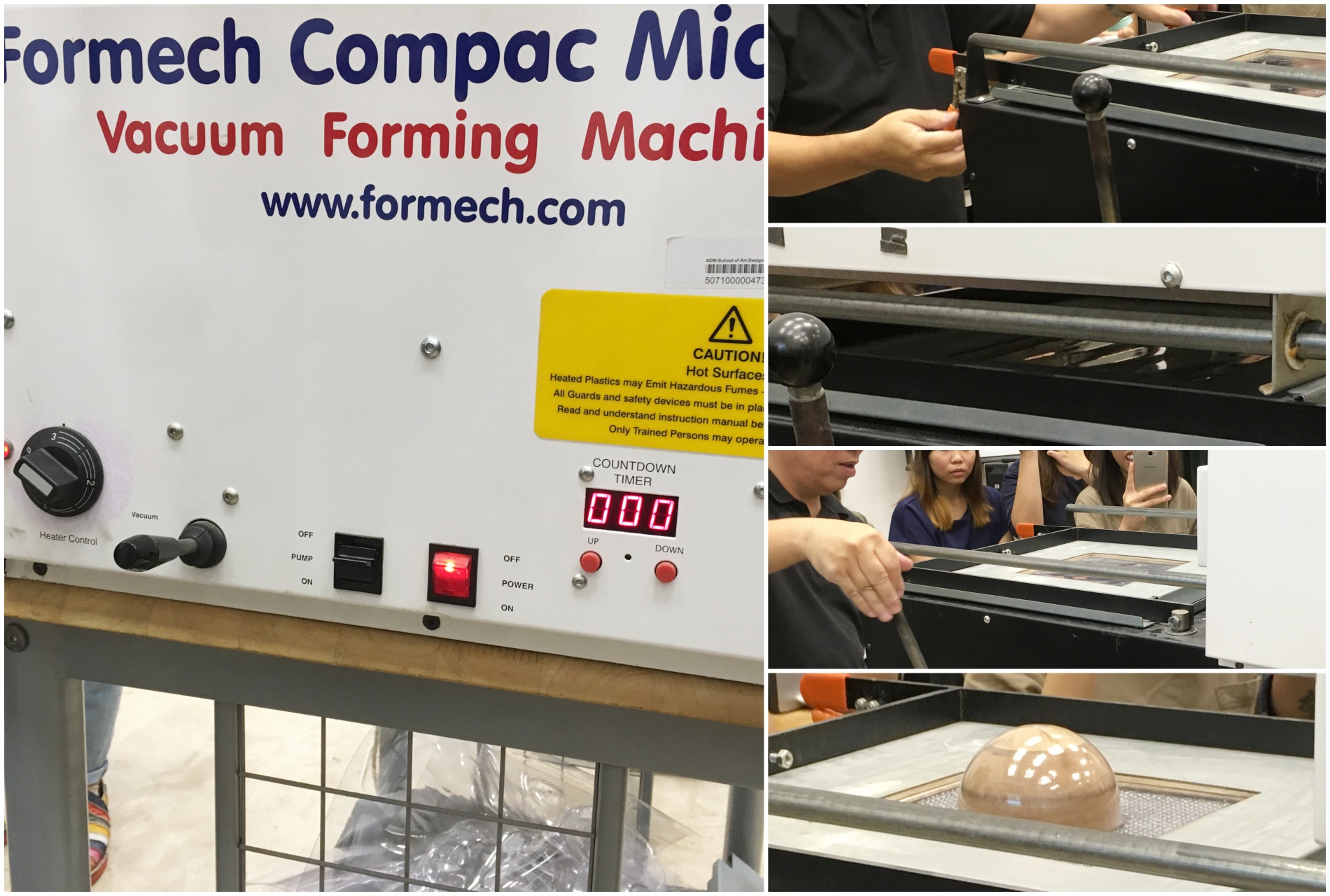

Applications include:
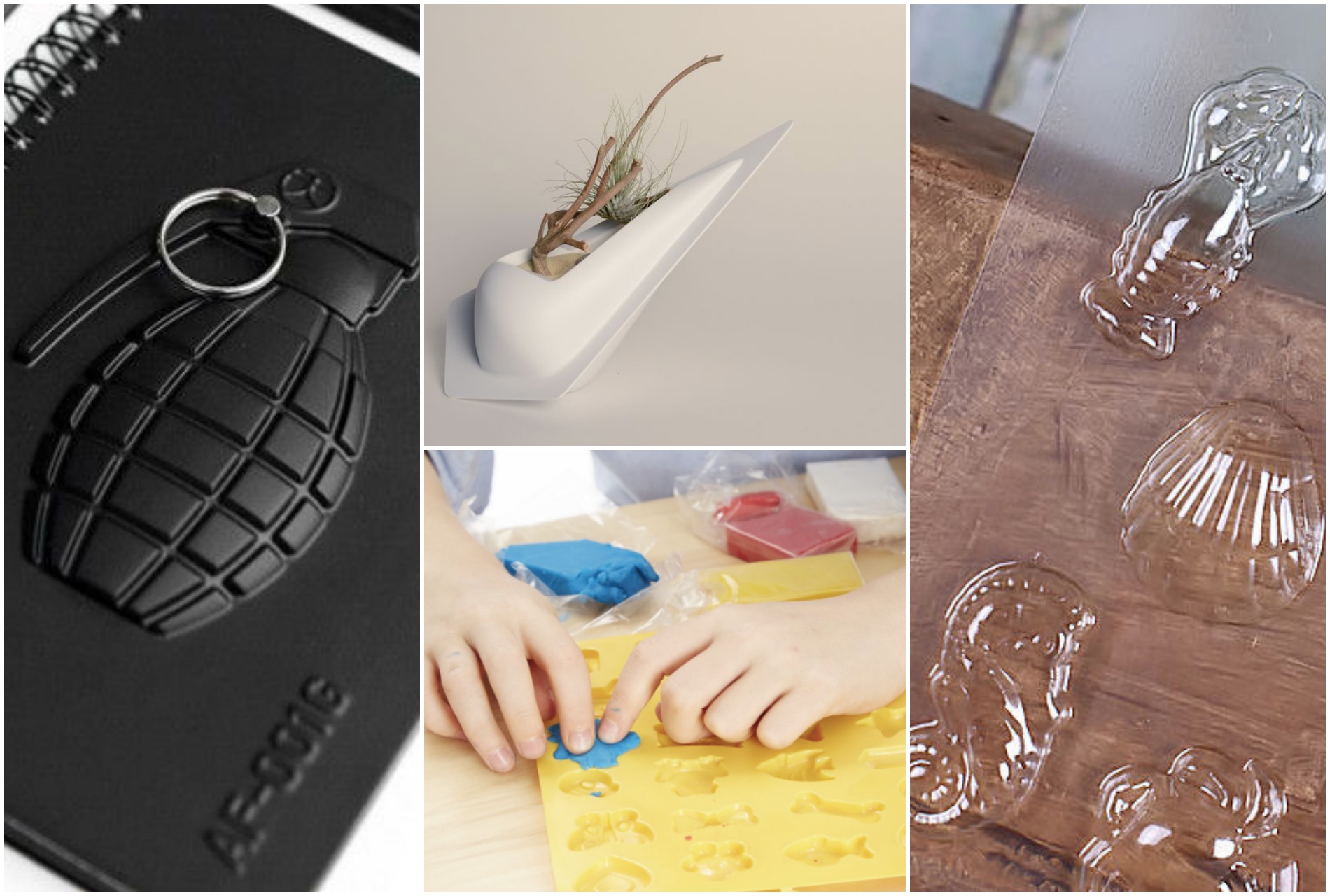
Personal reflections:
The possibilities seem boundless with vacuum forming as the PVC is highly pliable. The plastic is able to capture the large and small details of the mould. The end result is also neat (unless the mould is trapped within the plastic).
Thermochromic inks change from the colourless to colourful or vice versa with the changes in temperature. These inks make use of thermochromism, which refers to “materials that change their hues in response to temperature fluctuations”. These inks are also know as leucodyes, which are organic (carbon-based) chemicals that change in molecular structure due to heat energy. The varied interactions with light result in different colours seen by the eye.
Materials required:

Technique:
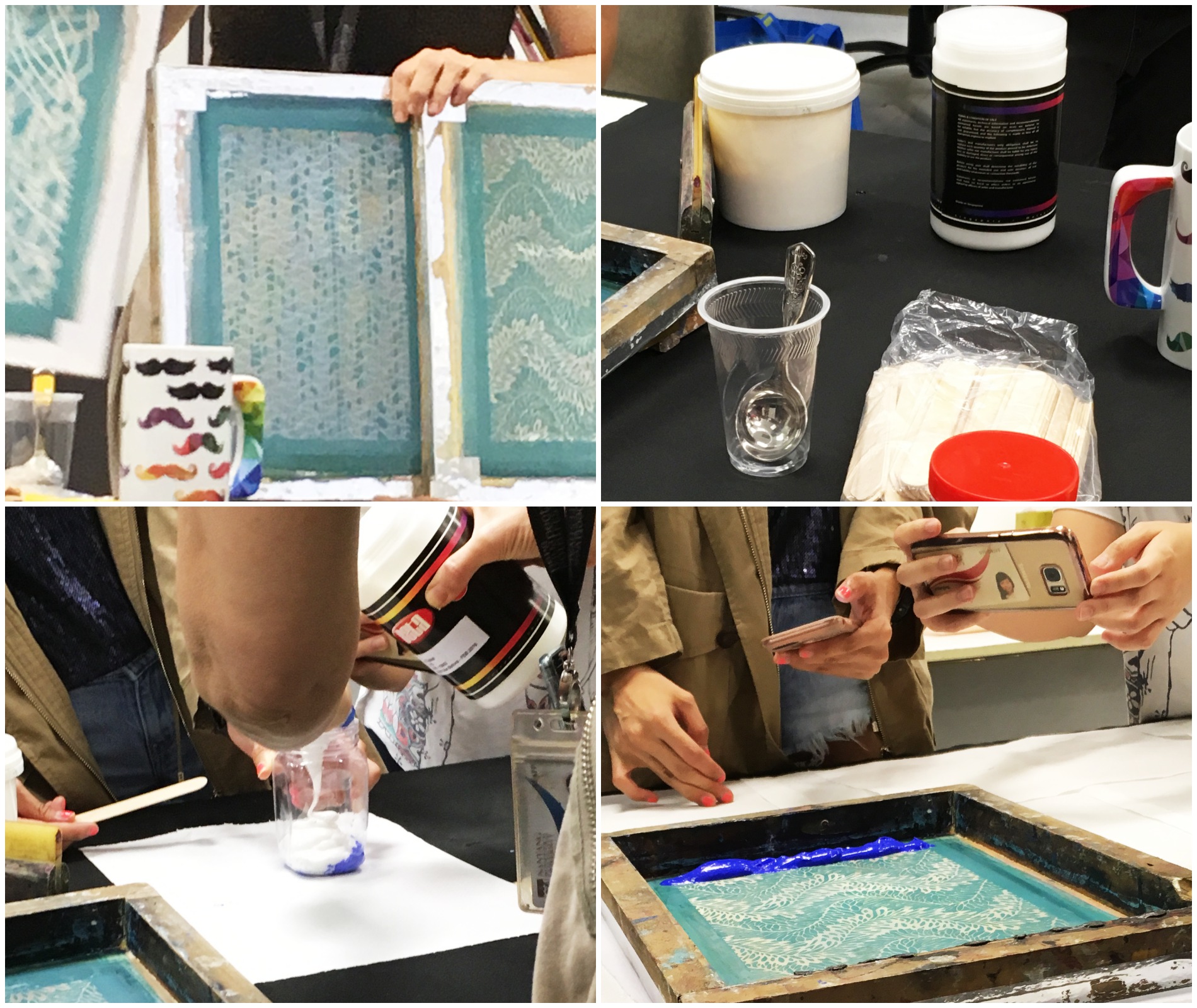

Applications include:
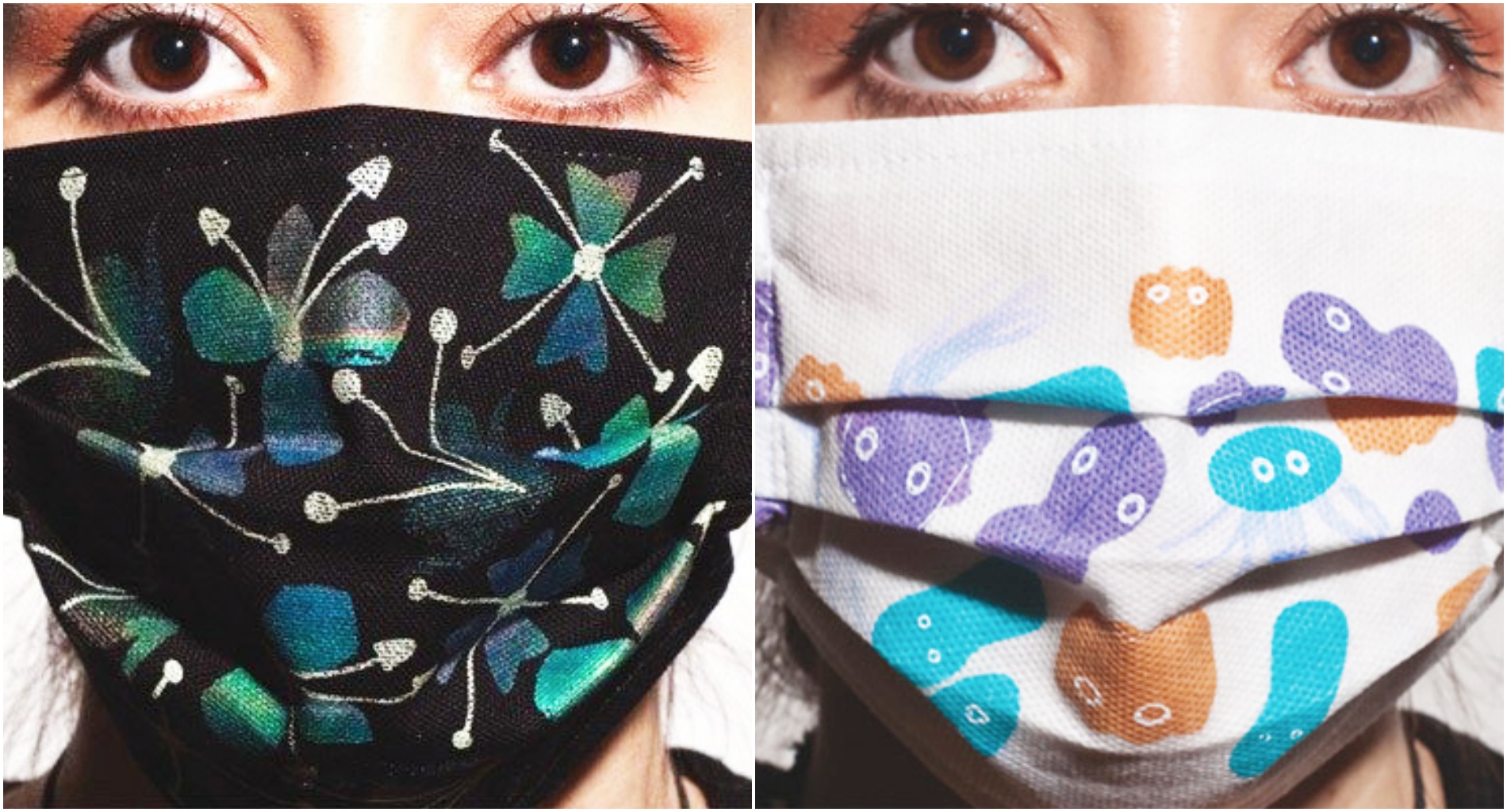
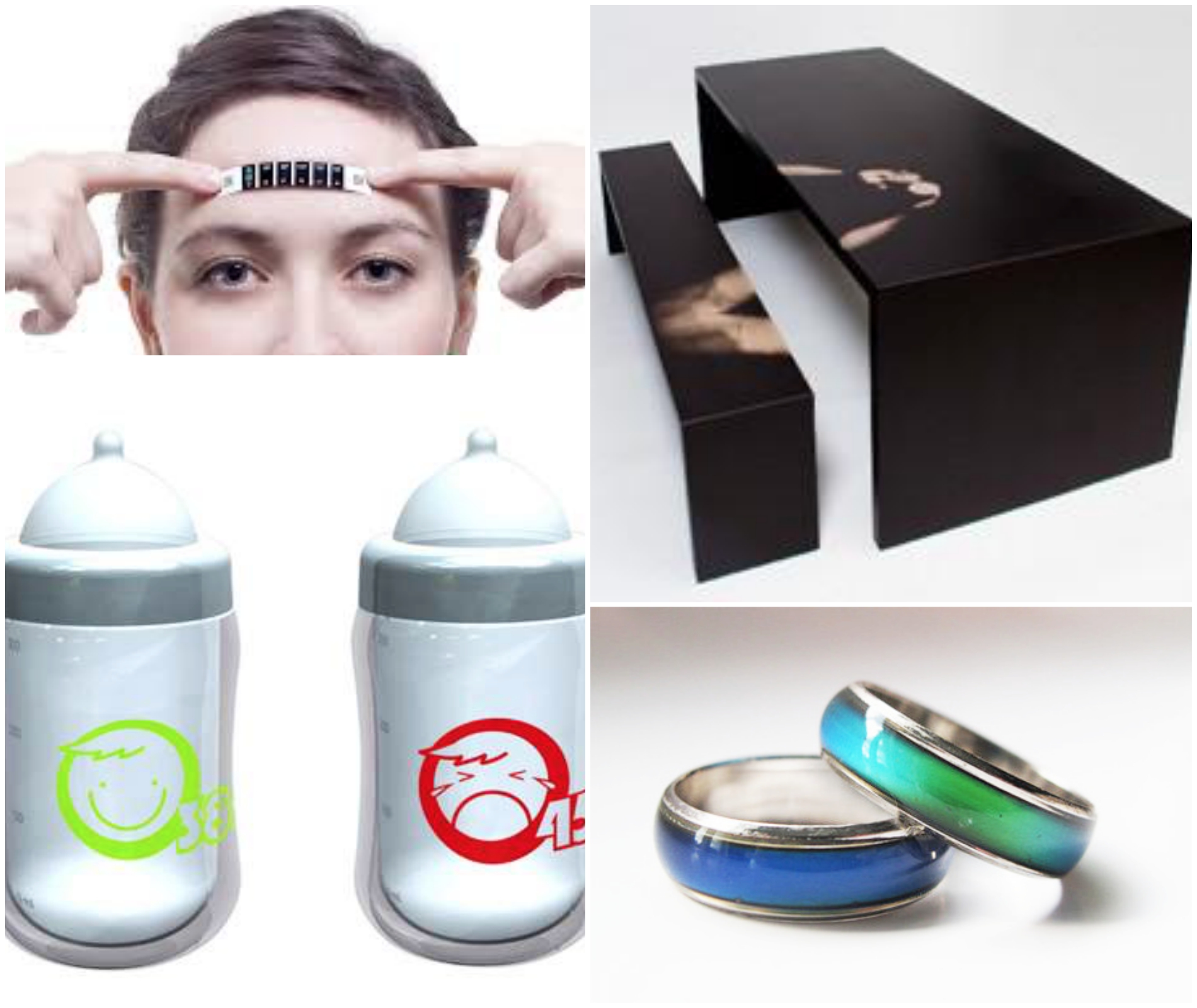
Personal reflection:
Chemistry really plays a big role in this application! New technologies and inventions bring about a wave of uses and solutions to problems.
It also takes some experimentation in the application of these pigments and dyes. When the light yellow thermochromic dye was mixed with blue acrylic paint, the resulting print could not change in colour.
Fibre etching (or Devore ) is done using a fibre removing gel that removes plant fibres (like cotton, linen, rayon and paper). It can be used on fabric blends, paper and wood. Upon further research online, I discovered a treasure trove of details we could take note of.
http://wwwearables.com/fiber-etch/index.htm
http://www.silkpaint.com/fiber-etch/frequently-asked-questions.htm

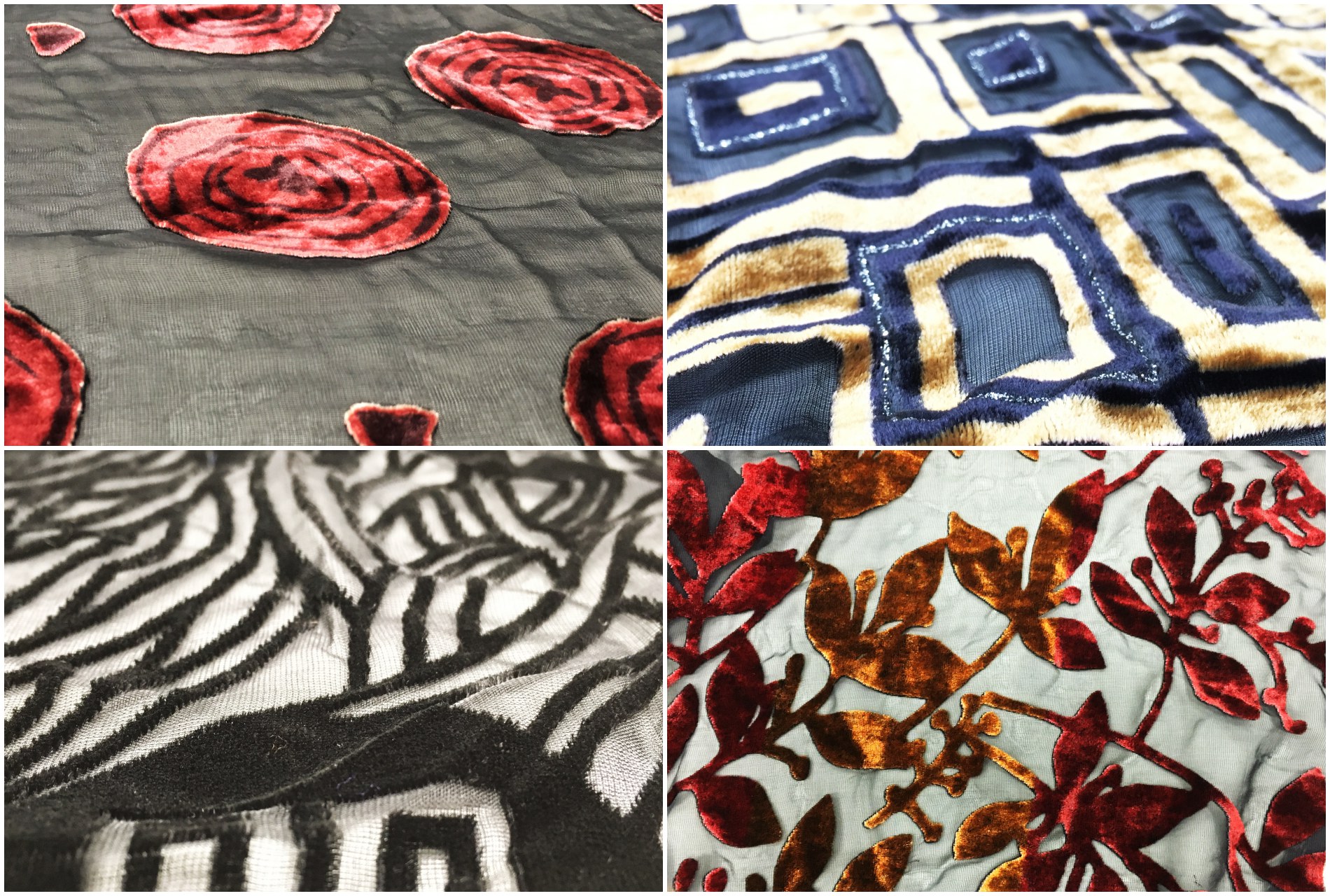
Materials required:
Technique:
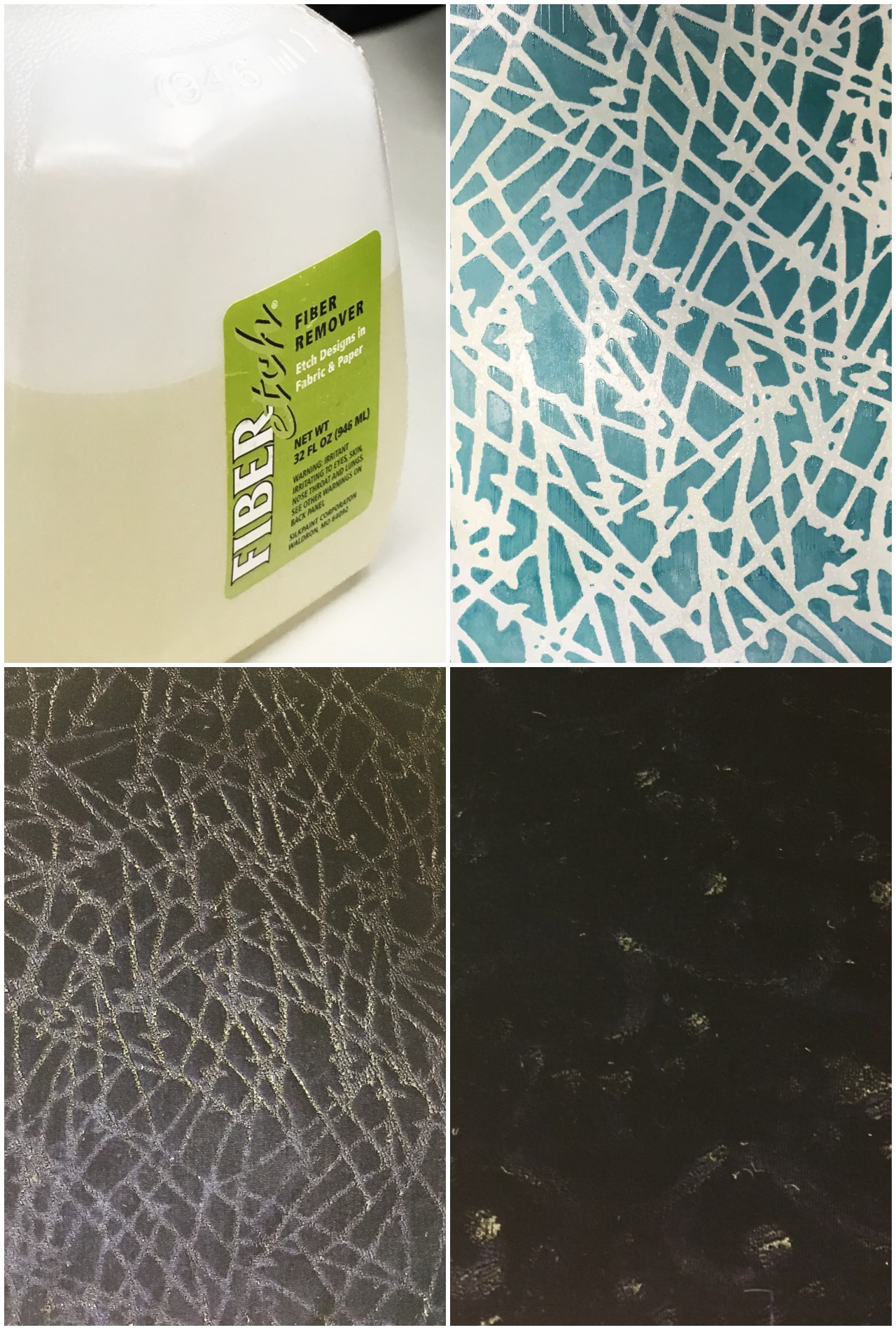
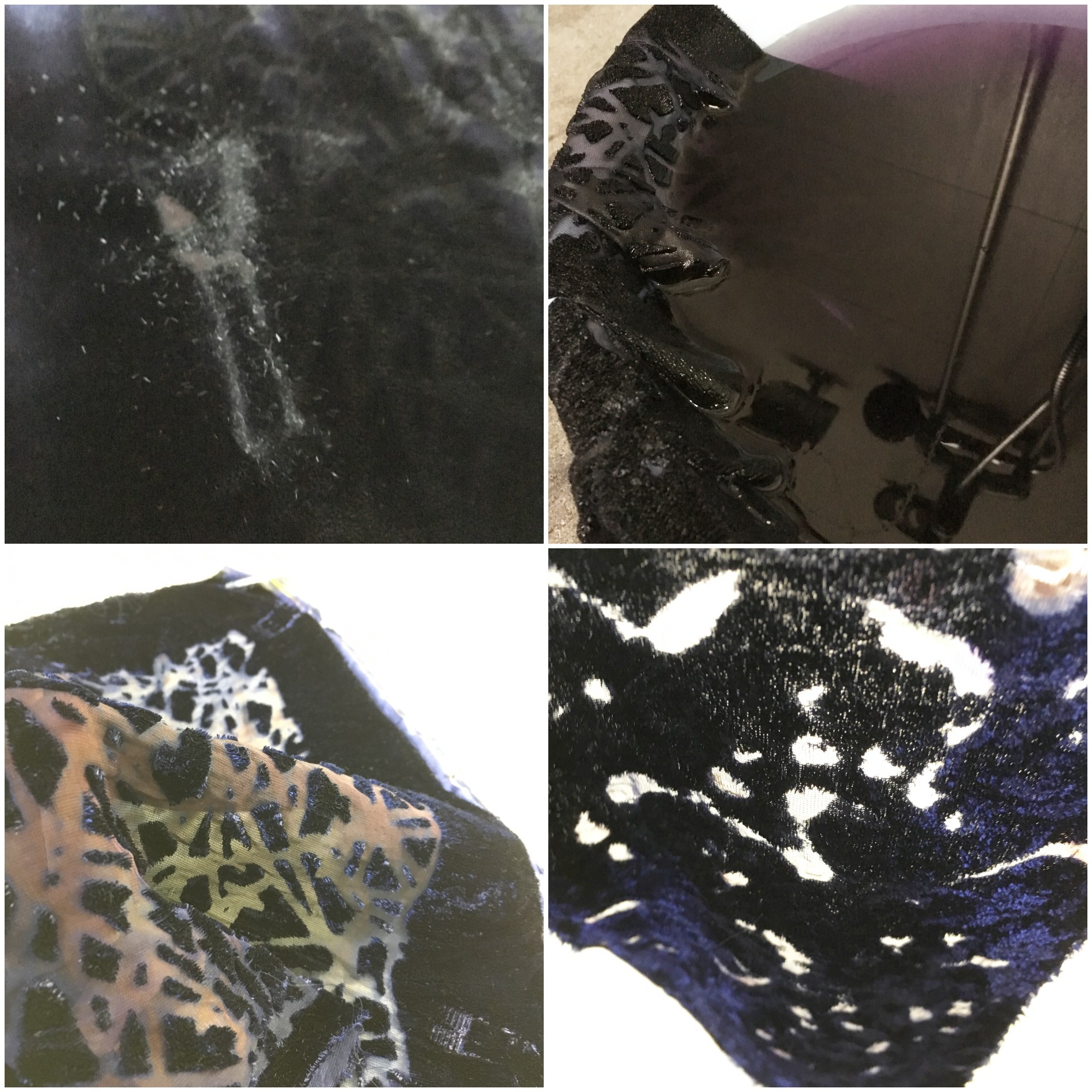
Applications include:
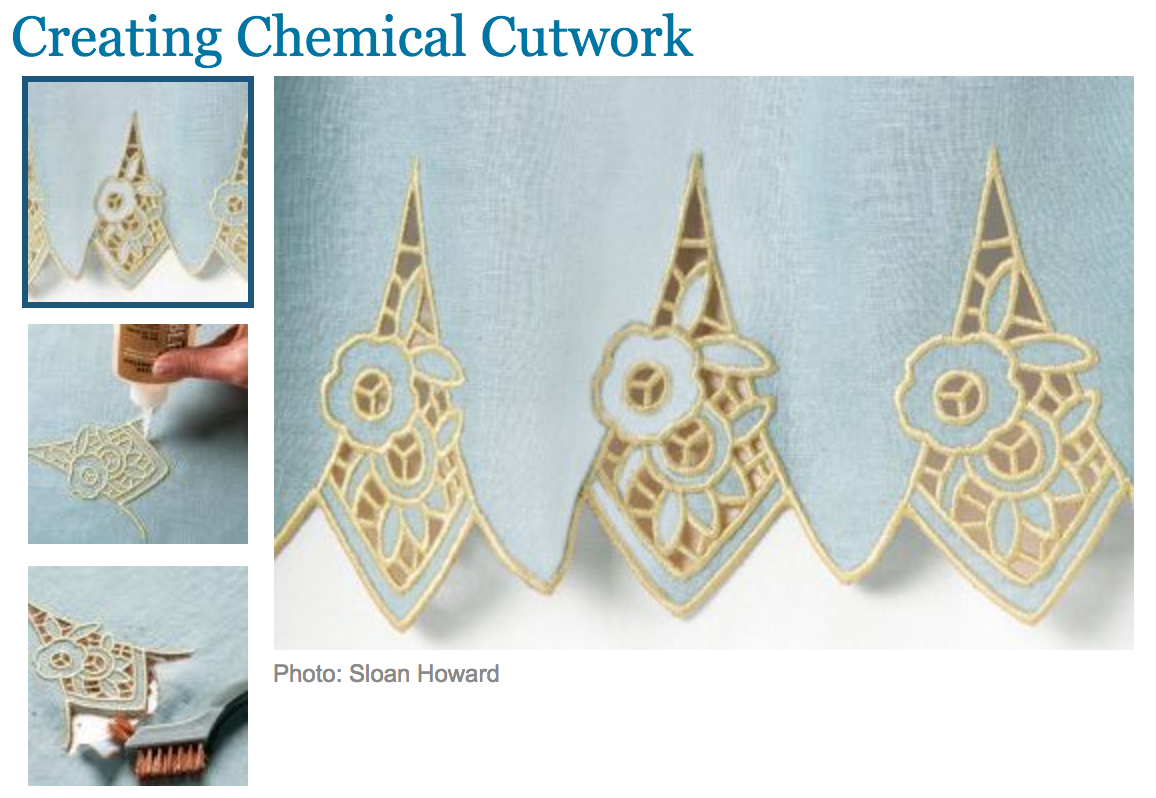

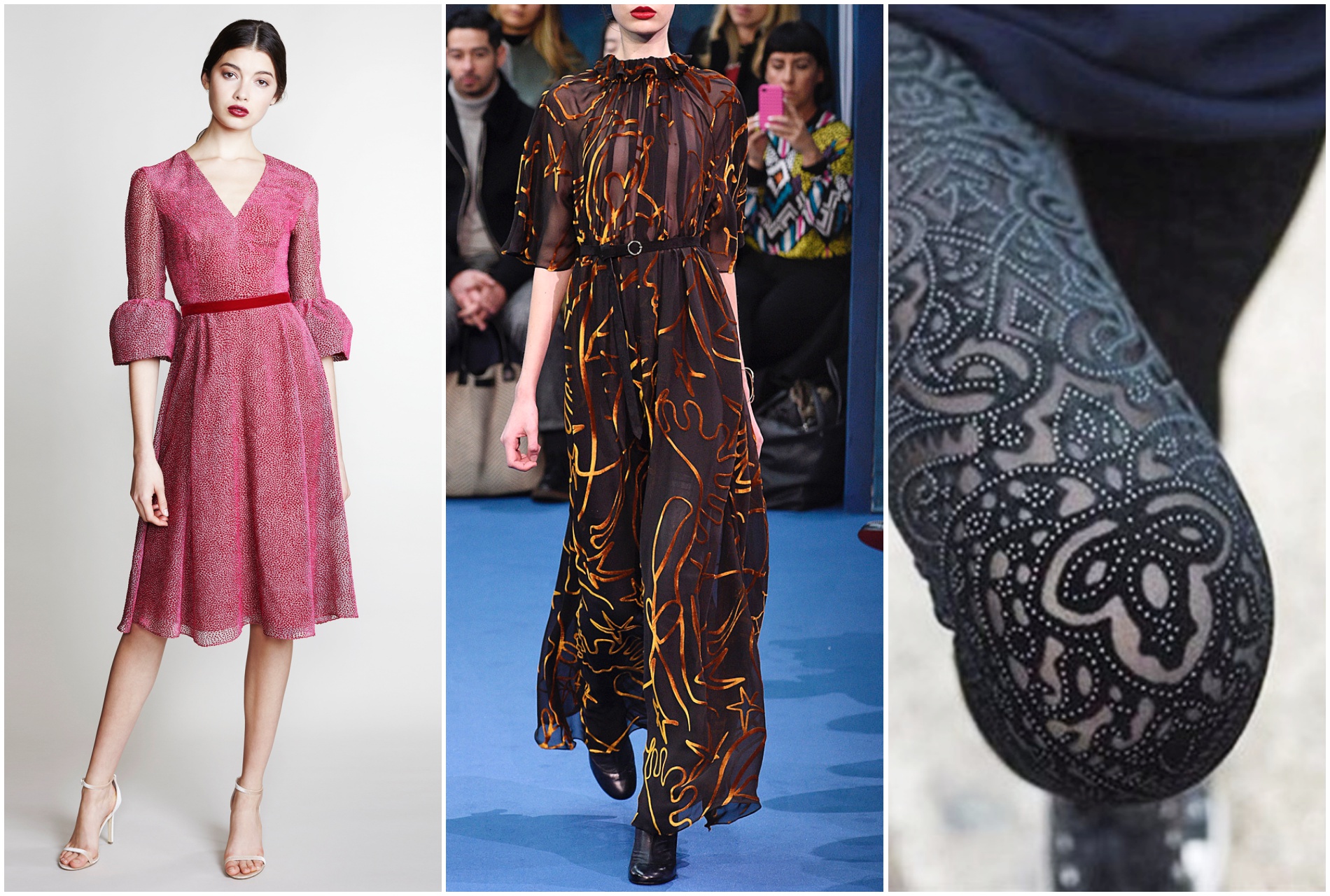
Personal reflections:
I did not silkscreen-print the ink onto the back, but the front of the velvet. The second piece of velvet was painted with swirls but only patches emerged after ironing. Perhaps applying the gel unto the back of the cloth would be more successful as the base of the velvet fibre would directly absorb it. Nevertheless, the final effect of devore is stunning and I would love to explore it in the future.